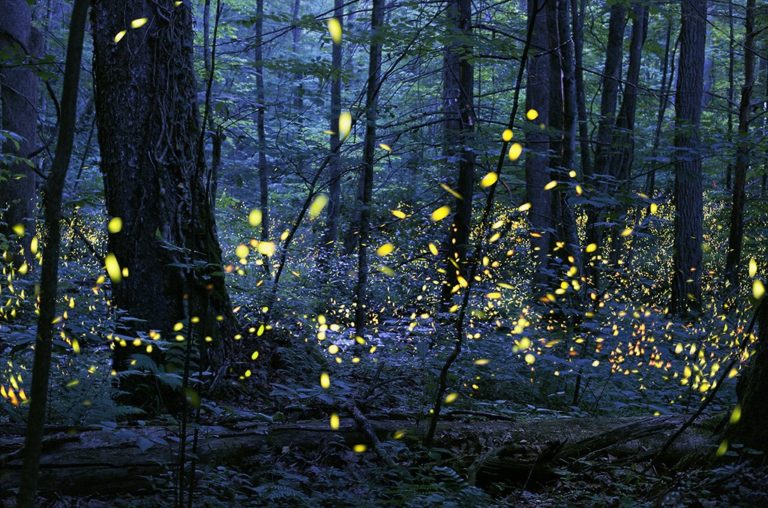10 Top Things to Do in Glacier Bay National Park (Bartlett Cove)
Up to 90% of people who visit Glacier Bay National Park in southeast Alaska do so on a cruise ship. They never actually set foot on land, thus missing out on a large part of what this incredible park is all about.
There is another option, though! Instead of going on a cruise, I strongly recommend hopping on a plane or ferry and visiting Bartlett Cove, the only area in the park that’s accessible by road. This is where you’ll find the park’s visitor center, only lodge, a few hiking trails, and other facilities.
Visiting Glacier Bay National Park on your own gives you the opportunity and freedom to explore the park’s primary land features—temperate rain forests, rocky shorelines, pristine rivers, and shimmering ponds.
In this blog post, I share the ten best things to do in Glacier Bay National Park. All of these activities are based in and around Bartlett Cove, including the boat tour, which starts at the public dock just south of the Glacier Bay Lodge.
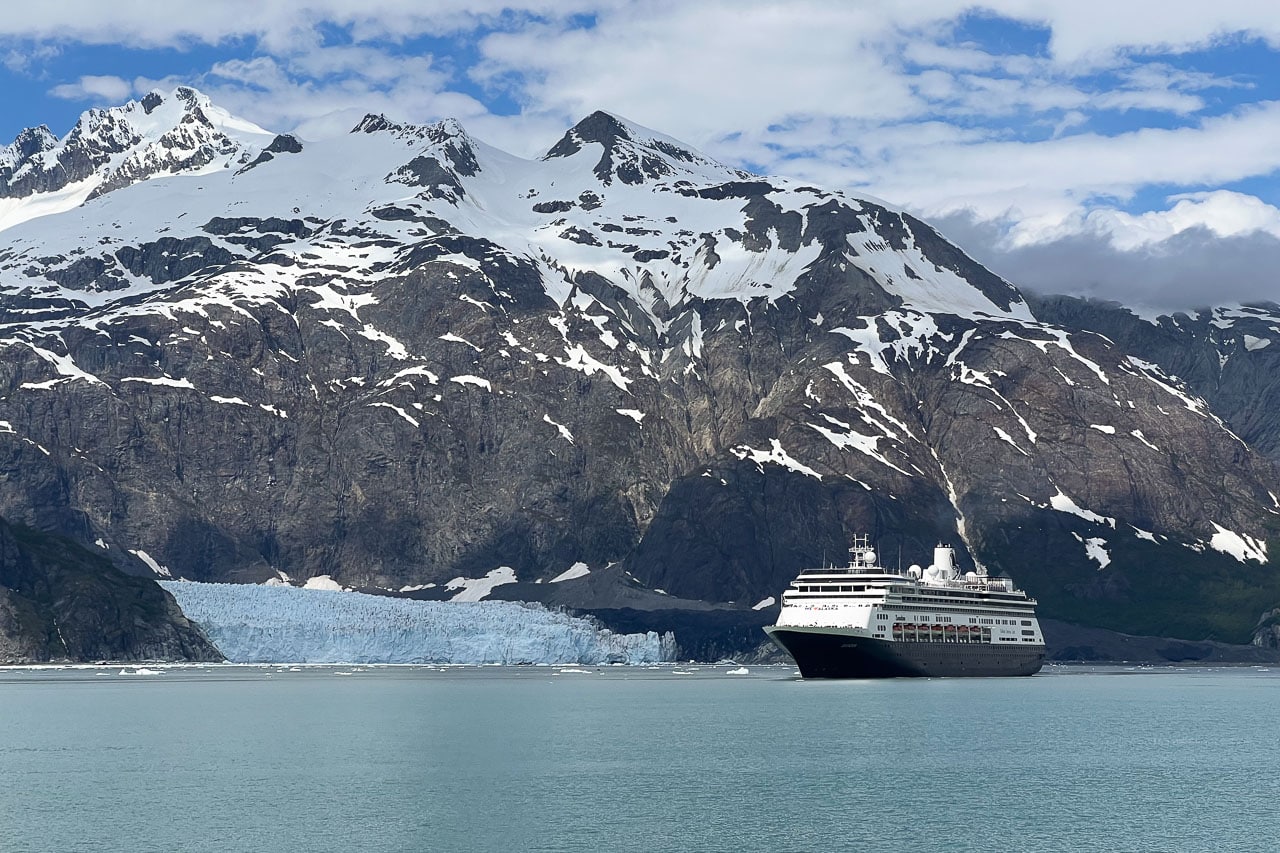
This blog post about the best things to do in Glacier Bay National Park contains affiliate links. You can read more about our Terms of Use / Disclosure here.
Visiting Bartlett Cove in Glacier Bay National Park: Top Sights and Activities
Bartlett Cove is about 10 miles west of Gustavus, a tiny community situated on the remote southeast Alaskan coast and the gateway to Glacier Bay National Park. You can get to Gustavus from Juneau either by (sea) plane or by ferry on the Alaska Marine Highway System.
Once in Bartlett Cove, you’ll be surrounded by unspoiled Alaskan wilderness: towering snow-capped coastal mountains, dense evergreen forests, rugged shores, and the waters of vast Glacier Bay.
It’s also quite likely you’ll see some high-profile wildlife here, from bald eagles and harbor seals to brown bears and moose. But more on that below!
This list of the top things to do in Glacier Bay National Park is based on my own two days and two nights in the park. (And I’ll definitely go back to the park in the future.)
I stayed at the Glacier Bay Lodge, which is what I’d recommend everyone do as well. Waking up on the shore of Glacier Bay is an unforgettable experience. Plus, you’ll have plenty of time to wander around Bartlett Cove, too, immersing yourself in the landscape and looking for wildlife.
Top 10 Best Things to Do in Glacier Bay National Park (Bartlett Cove)
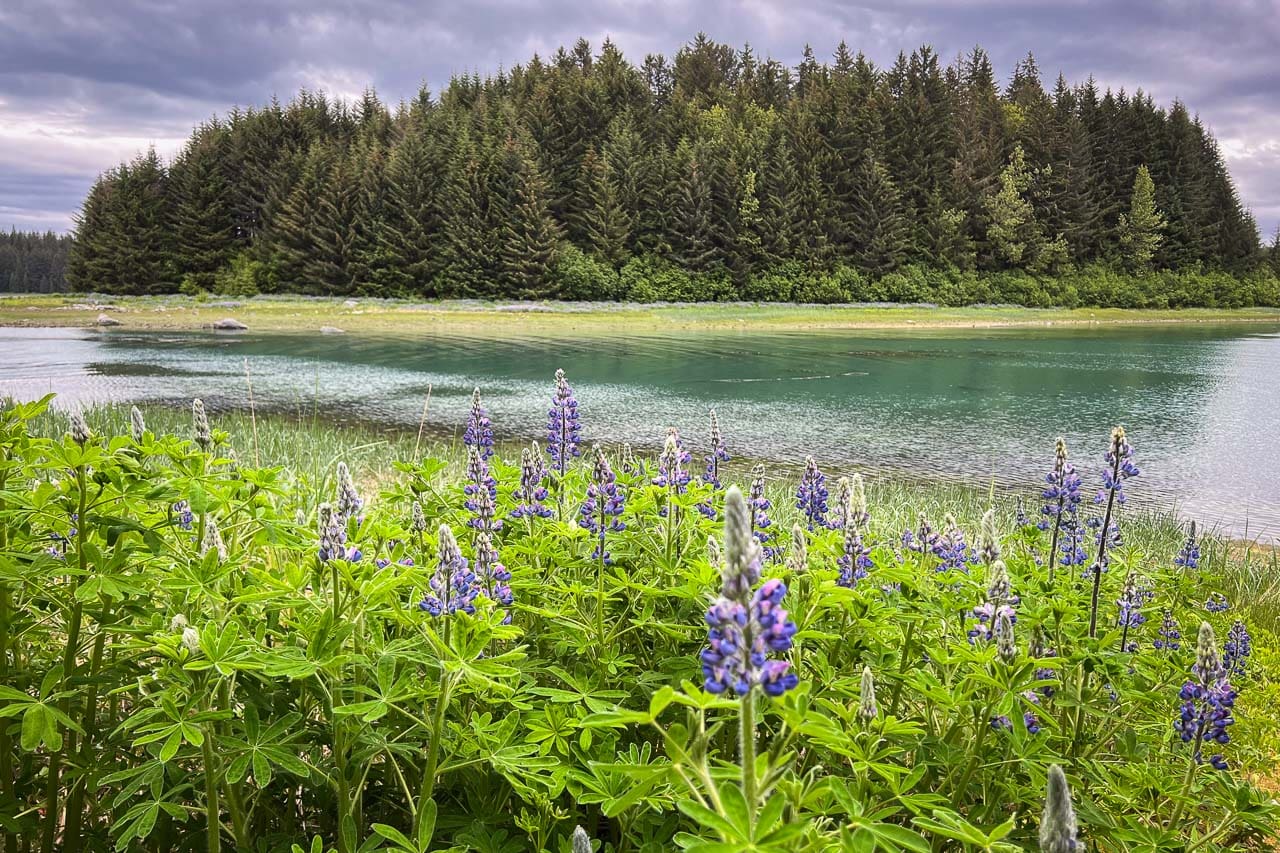
10. Get Oriented at the Glacier Bay National Park Visitor Center
The only visitor center in Glacier Bay National Park is located in Bartlett Cove. You’ll find it on the second floor of the Glacier Bay Lodge, where a treasure trove of information can be found.
It’s a great place to learn more about the wildlife and geology of the park, while on-duty park rangers can offer you more information on hikes and other fun activities.
The Glacier Bay National Park Visitor Center exhibits are open during the lodge’s open hours, between 6 a.m. and 10 p.m. There’s also a reading nook, fireplace, and an Alaska Geographic bookstore.
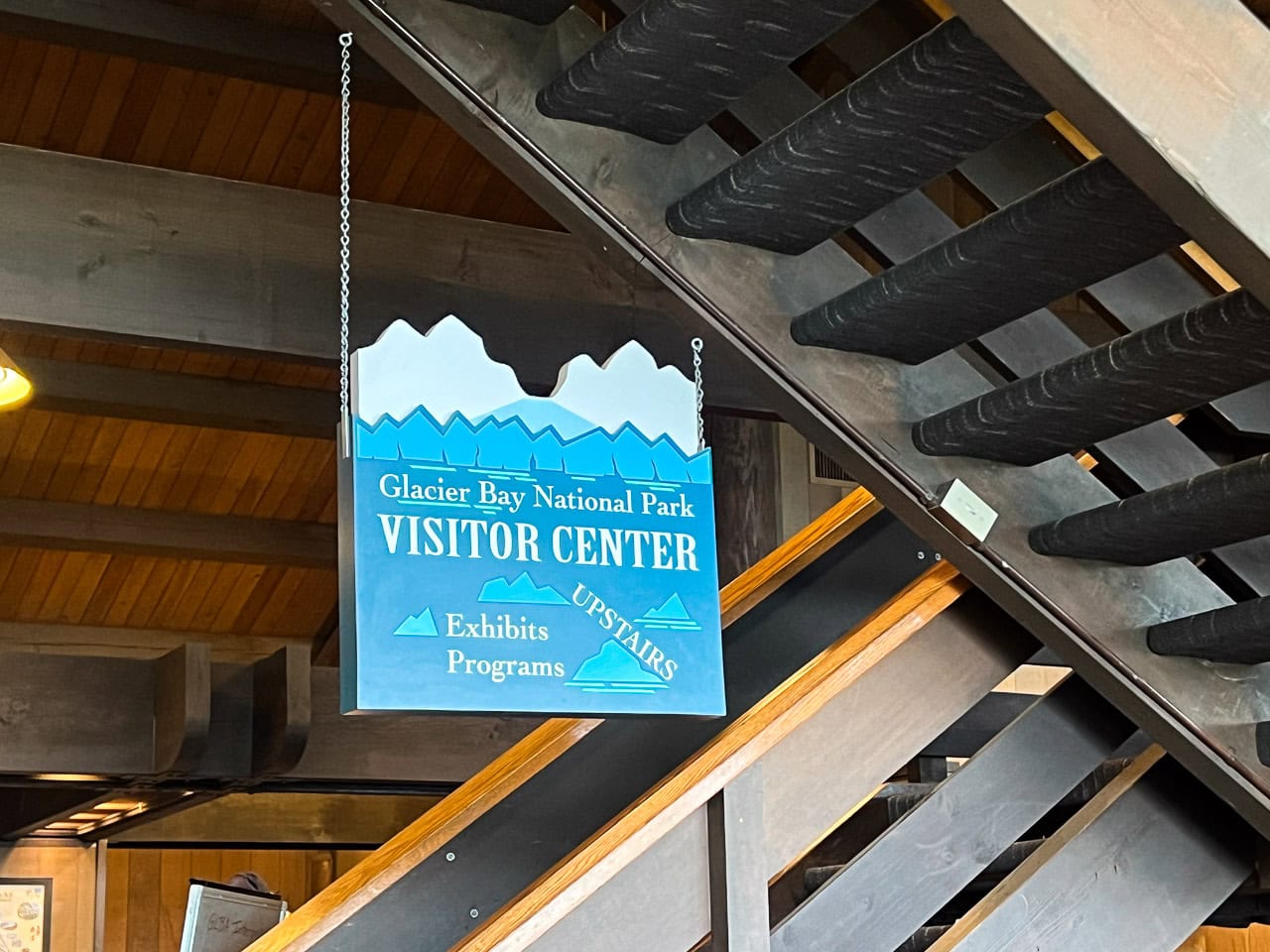
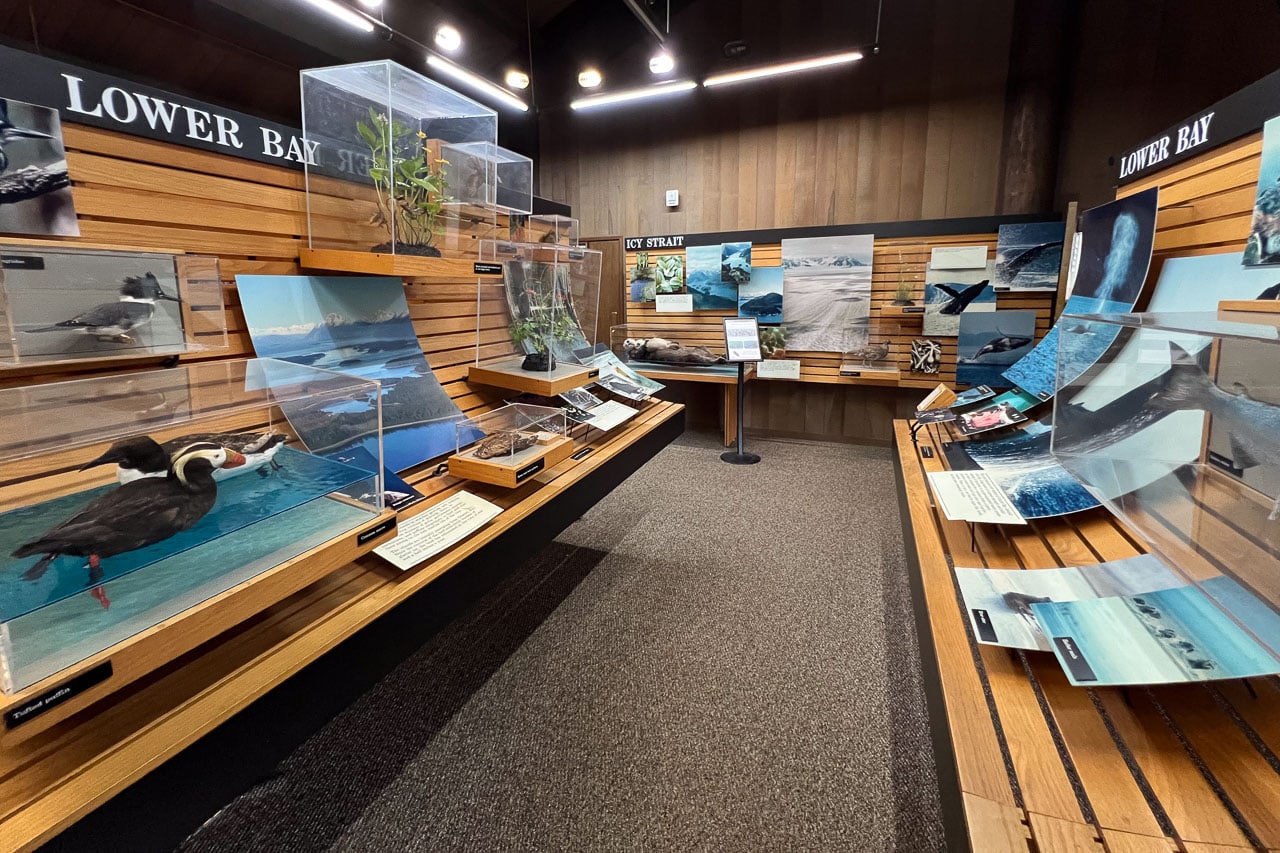
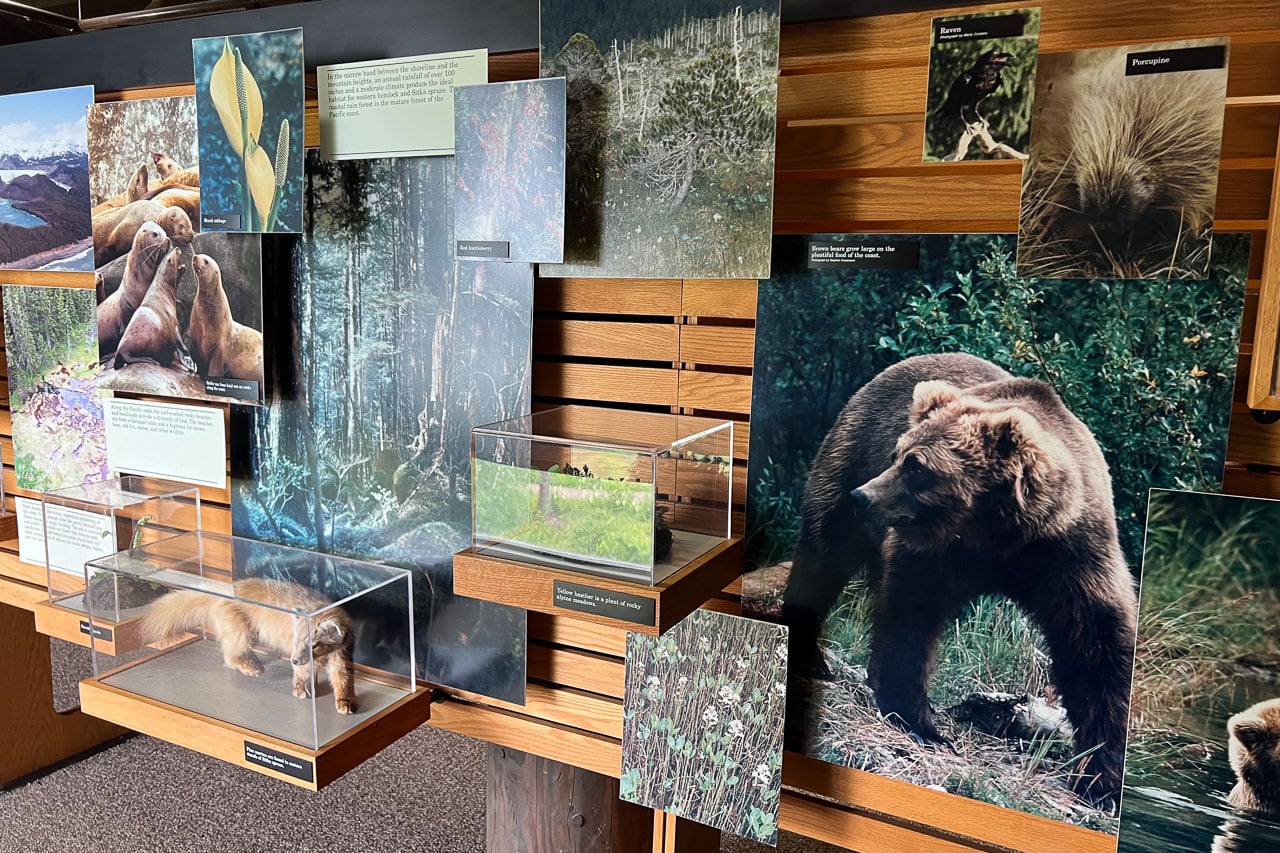
9. Feast on Alaskan Fare in the Fairweather Dining Room
The Fairweather Dining Room & Deck in the Glacier Bay Lodge is the only restaurant in Glacier Bay National Park. It serves breakfast, lunch, and dinner and is a great place to fuel up in the morning or kick back with a beverage after an adventure-filled day in Glacier Bay.
The menu features American classics, such as burgers, steaks, chicken tenders, Caesar salads, and pasta, but I’d highly recommend opting for the Alaskan-inspired dishes instead. You’re in Alaska after all. You may as well sample some local foods!
Excellent Alaskan fare you can enjoy at the Fairweather Dining Room & Deck includes seafood chowder, firecracker shrimp, Pacific bay shrimp louie, pan-roasted King salmon, and Alaskan halibut fish and chips.
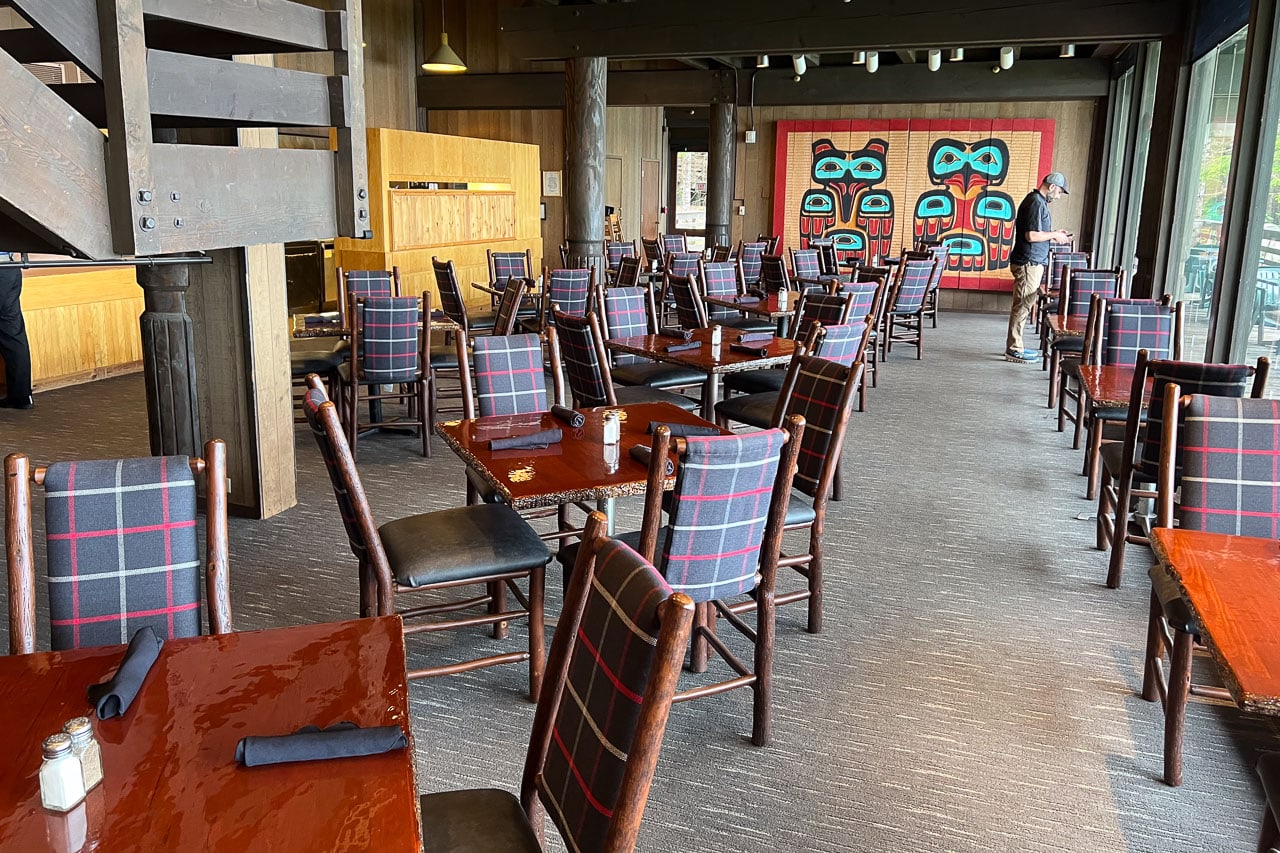
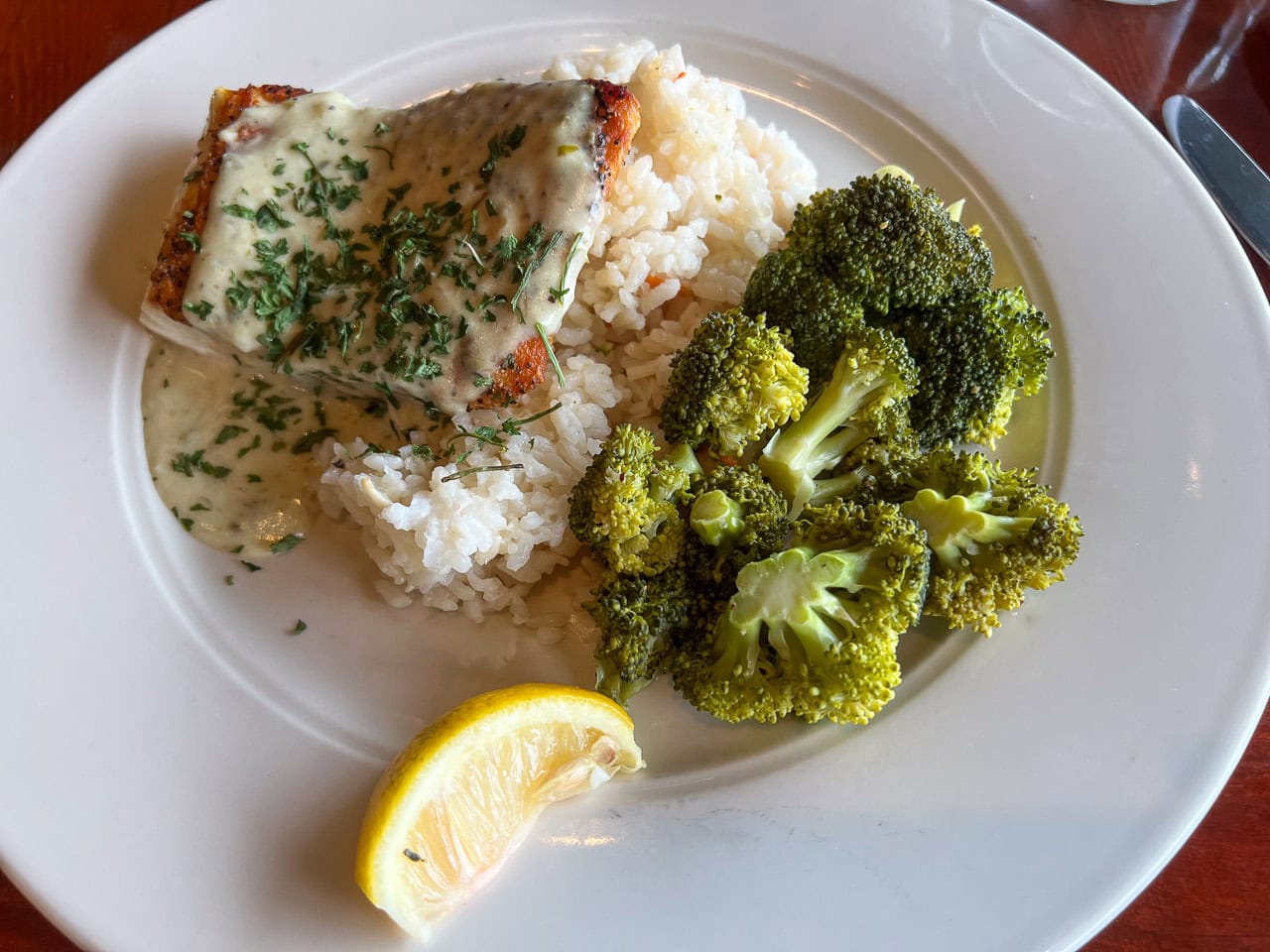
8. Join a Park Ranger Program
To learn more about what makes Glacier Bay National Park so special, and immerse yourself in the natural scenery or Native Alaskan culture, there are a few different ranger programs available. Programs take place during the summer season, which is from late-May through early-September.
These are the main ranger programs in Bartlett Cove, Glacier Bay National Park:
- Ranger-guided walk on the Forest Loop Trail (daily at 1:30 p.m.)
- Meet a tribal interpreter and watch an award-winning film at the Huna Tribal House (Monday through Saturday from 1 p.m. to 5 p.m.)
- Evening ranger program at Glacier Bay Lodge (daily at 6 p.m.)
7. Observe Birds at Bartlett Cove
More than 280 different species of birds have been observed in Glacier Bay National Park. By all accounts, that’s an incredible number.
This abundance of bird life in Glacier Bay is due to the sheer variety of habitats throughout the park. From the intertidal zone and rocky beaches to the temperate rain forests, meadows, ponds, isolated islands, and coastal cliffs, this park supports all kinds of birds.
In Bartlett Cove alone, you can spot dozens of different bird species. Blackwater Pond on the Forest Trail is an excellent place to observe forest birds, such as woodpeckers, thrushes, warblers, and sparrows. Also look for water birds there. I saw a Barrow’s goldeneye and belted kingfisher there.
Along the shoreline in Bartlett Cove, you can usually see a variety of shorebirds and waterfowl. I took several strolls down the beach and saw black oystercatchers, a Pacific loon, a bald eagle, ducks, and gulls.
For the best bird and wildlife watching in Glacier Bay National Park, I strongly recommend bringing a pair of good binoculars.
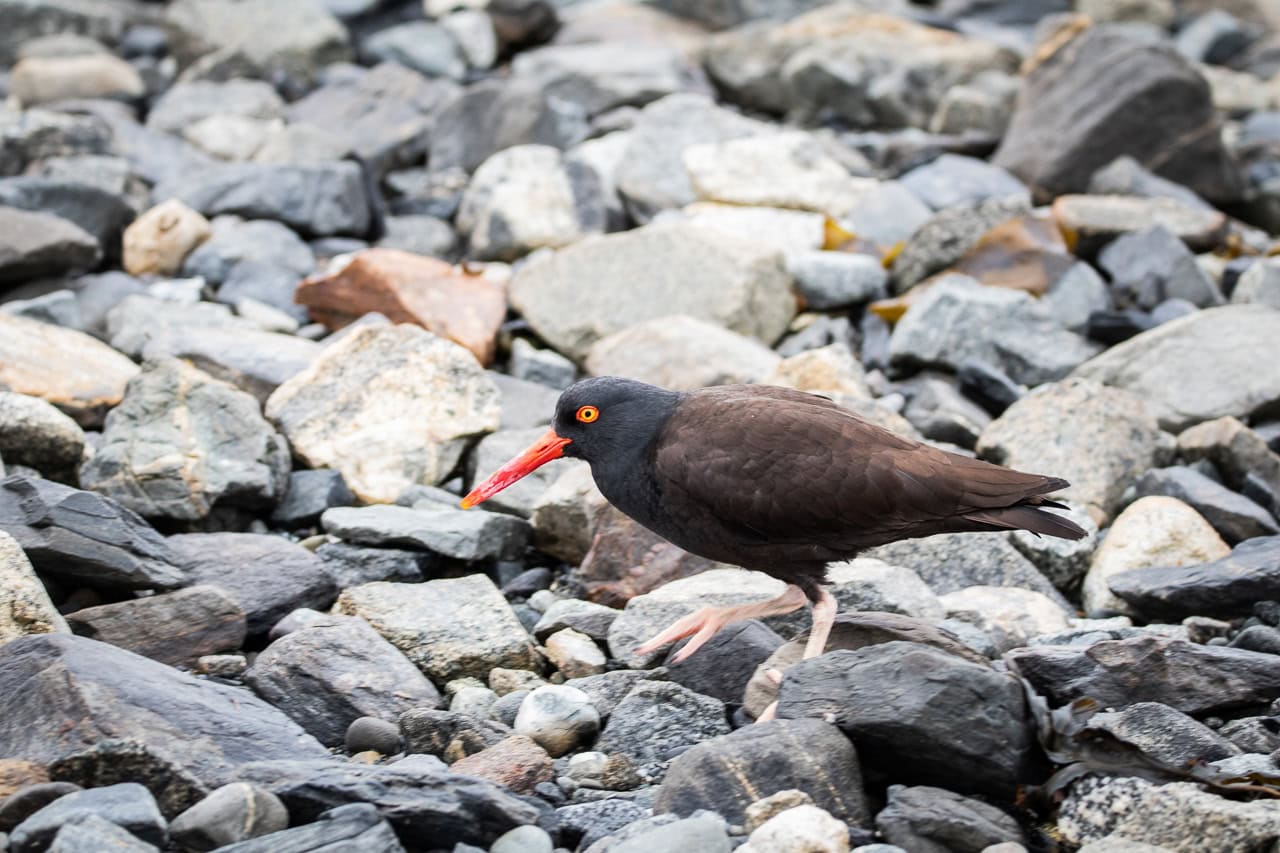
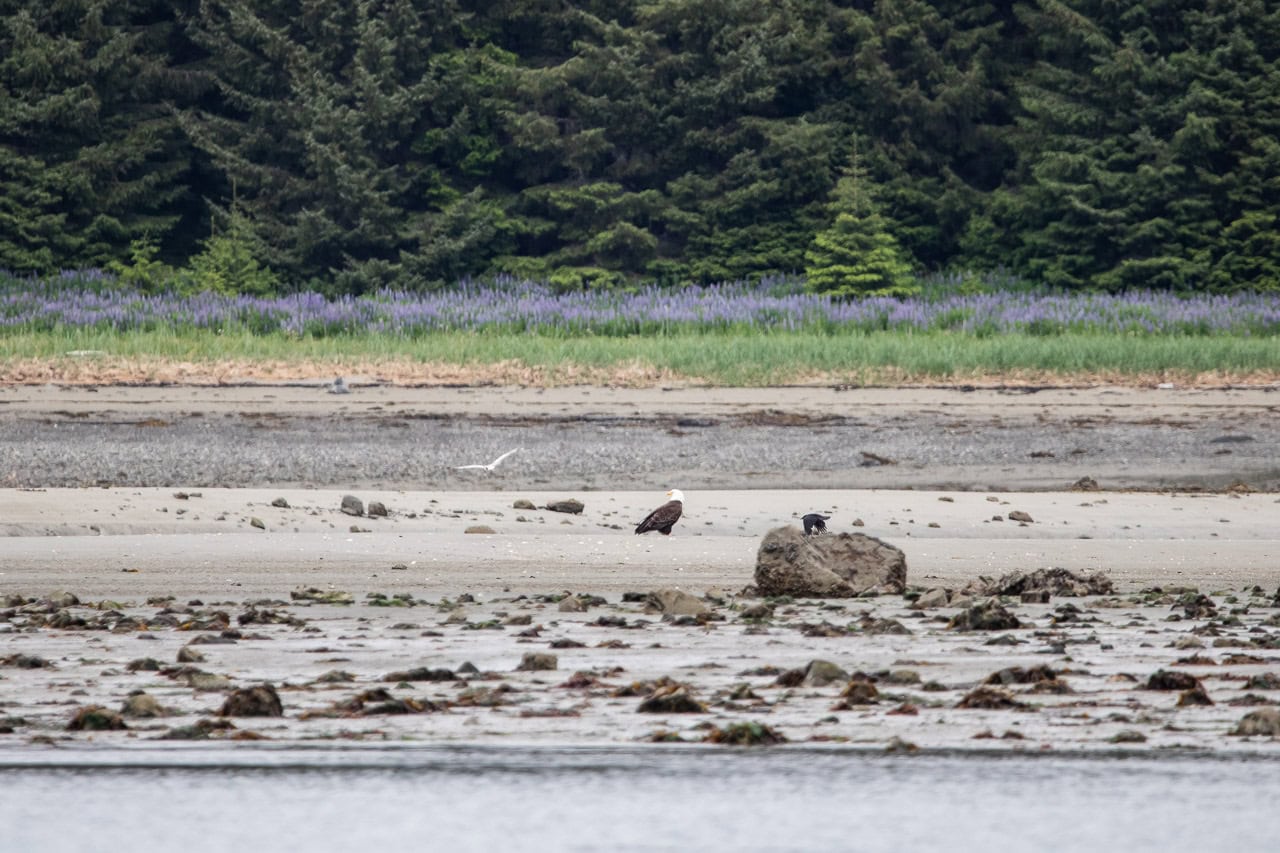
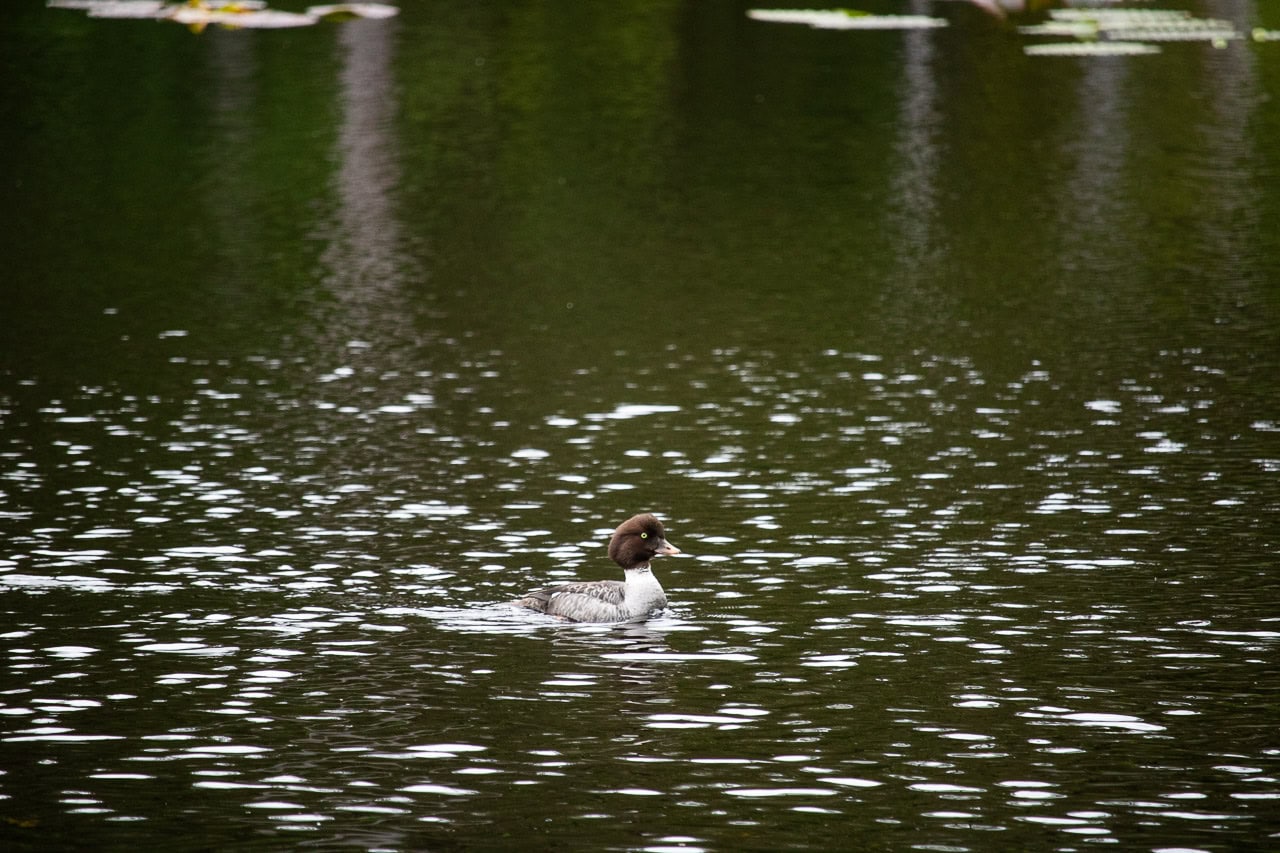
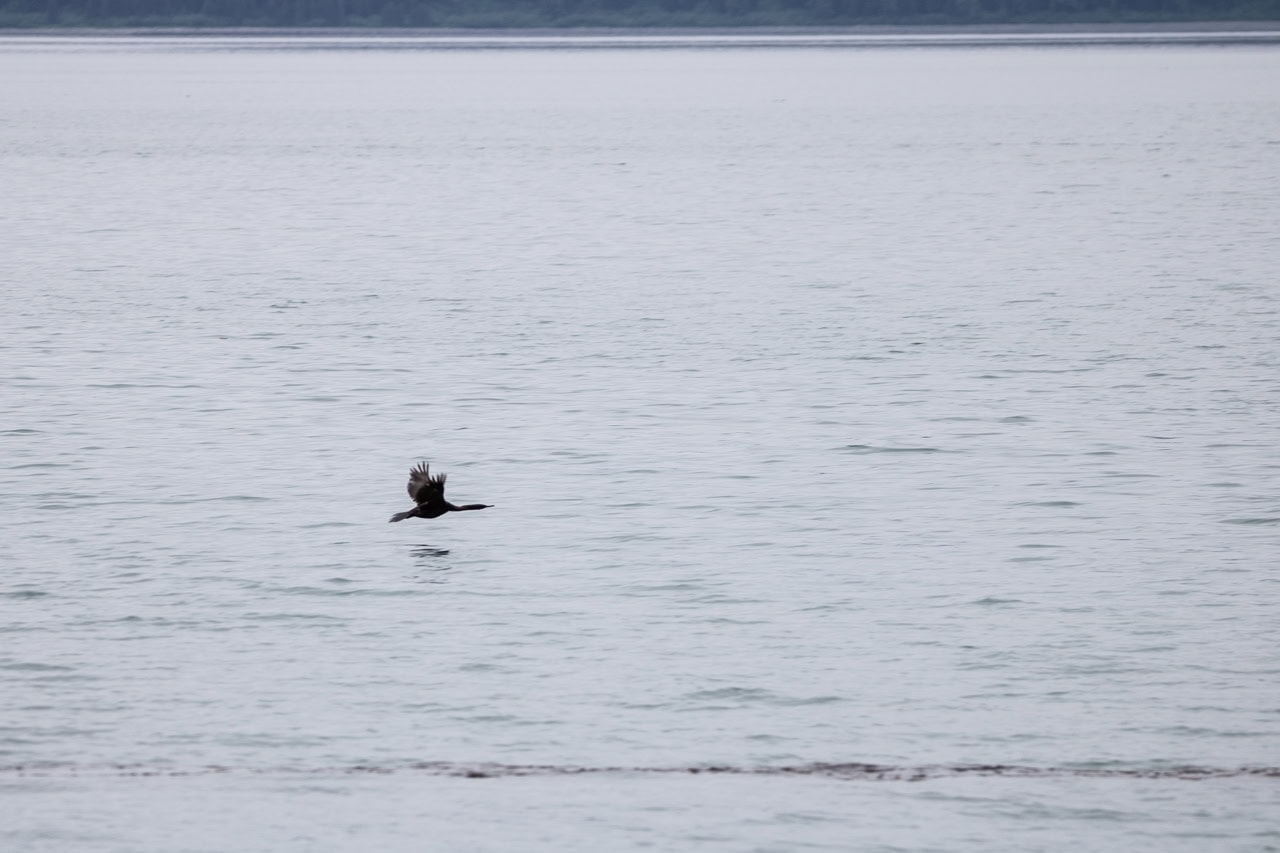
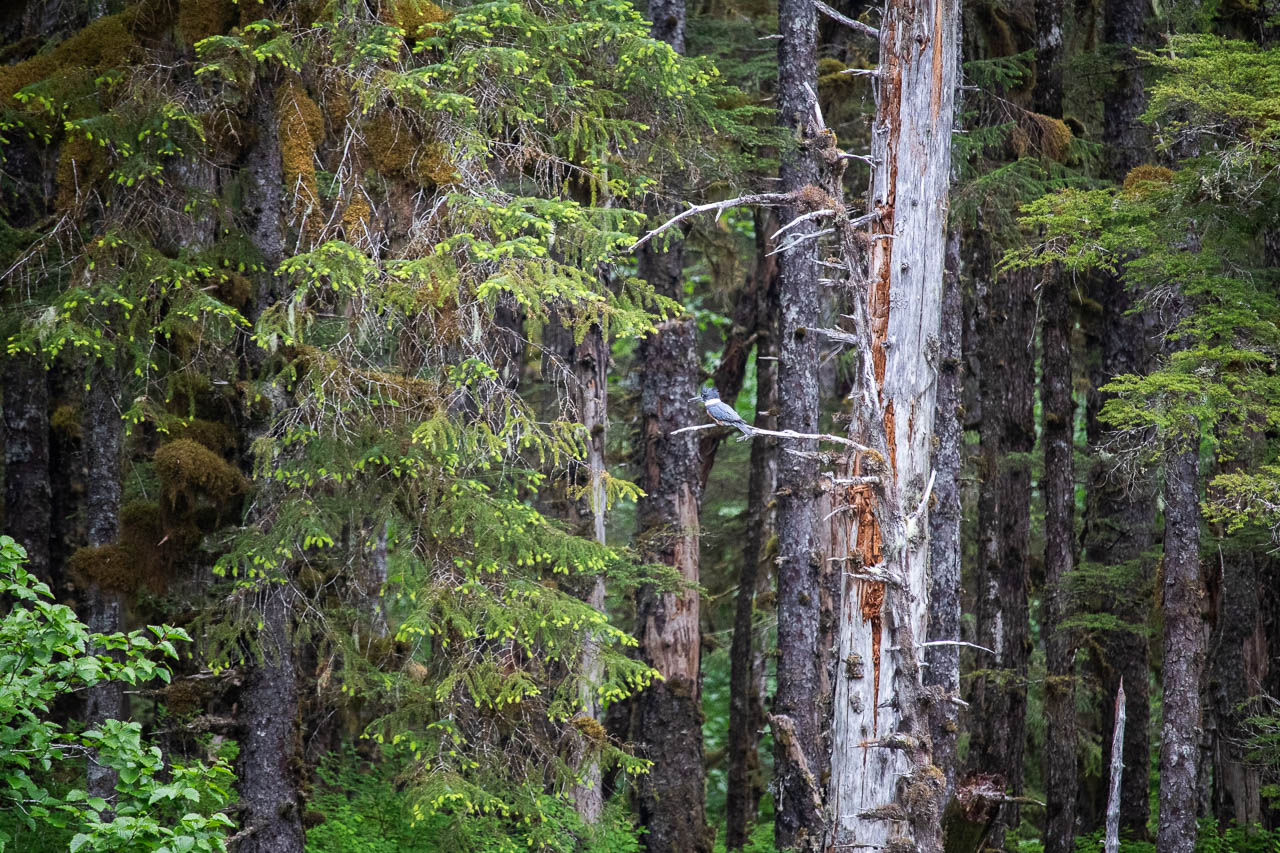
Additionally, if you go on the Glacier Bay boat tour (which truly is the number one thing to do in Glacier Bay National Park), you can see numerous other bird species as well. Look for tufted and horned puffins, common murres, pigeon guillemots, and (again) bald eagles.
6. Explore the Intertidal Zone
With a difference between high and low tide of up to 25 vertical feet, one of the greatest tidal extremes in the world, the intertidal zone in Glacier Bay offers a twice-daily insight into a completely different ecosystem.
The park encourages visitors to “take a walk along the coast at low tide to uncover the covert struggles of predation, survival, and balance that play out in this microcosm of life.”
For obvious reasons, low tide is the best time to explore the intertidal zone at Bartlett Cove. You can find the tide predictions for Bartlett Cove here.
As you wander through the intertidal zone, you’ll notice that mussels, clams, barnacles, and seaweed are ubiquitous. In tidepools, you may also see other creatures, though, including sea sponges, starfish, sea urchins, crabs, and sea anemones.
In terms of larger Glacier Bay wildlife, both black and brown bears are occasionally seen foraging for fresh seafood during low tide. Bald eagles and other shorebirds are common. You might even see a curious harbor seal following you around.
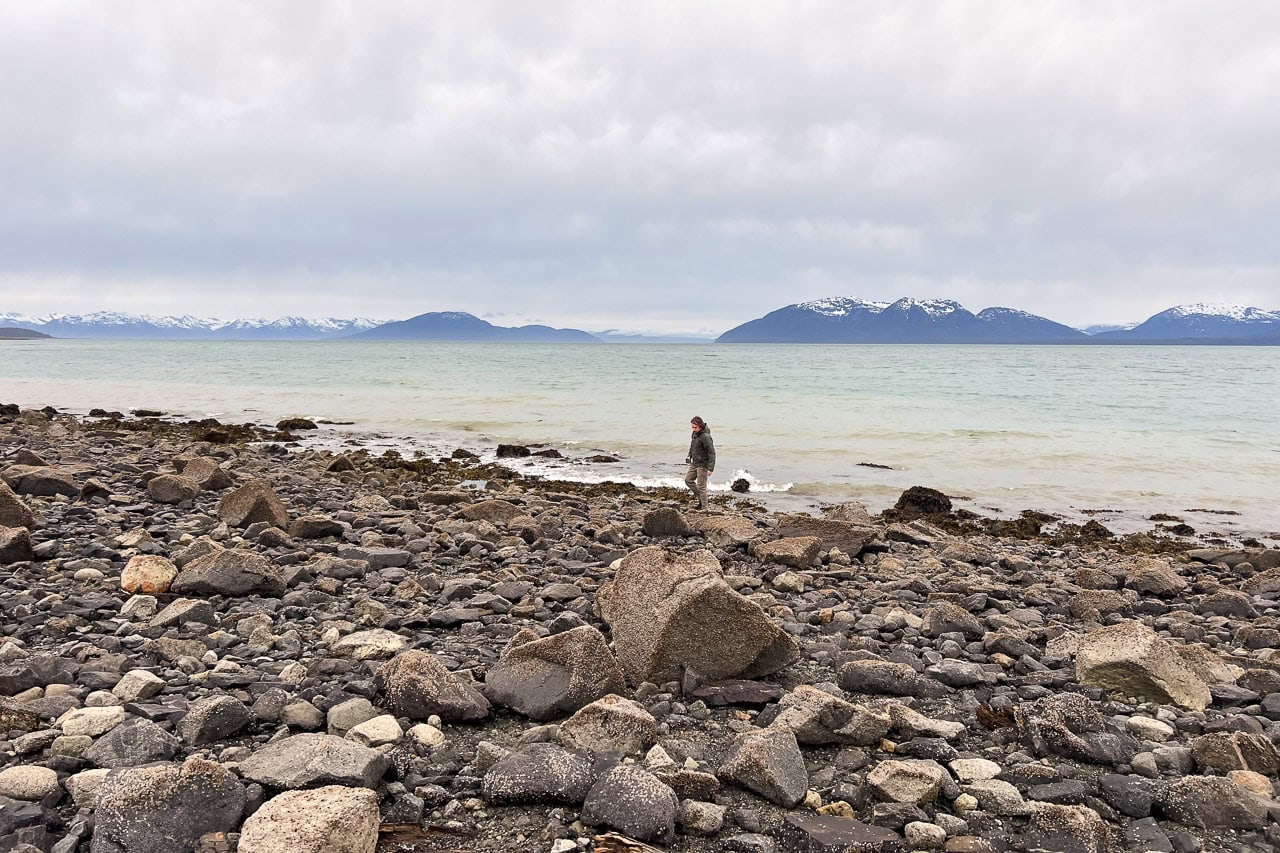
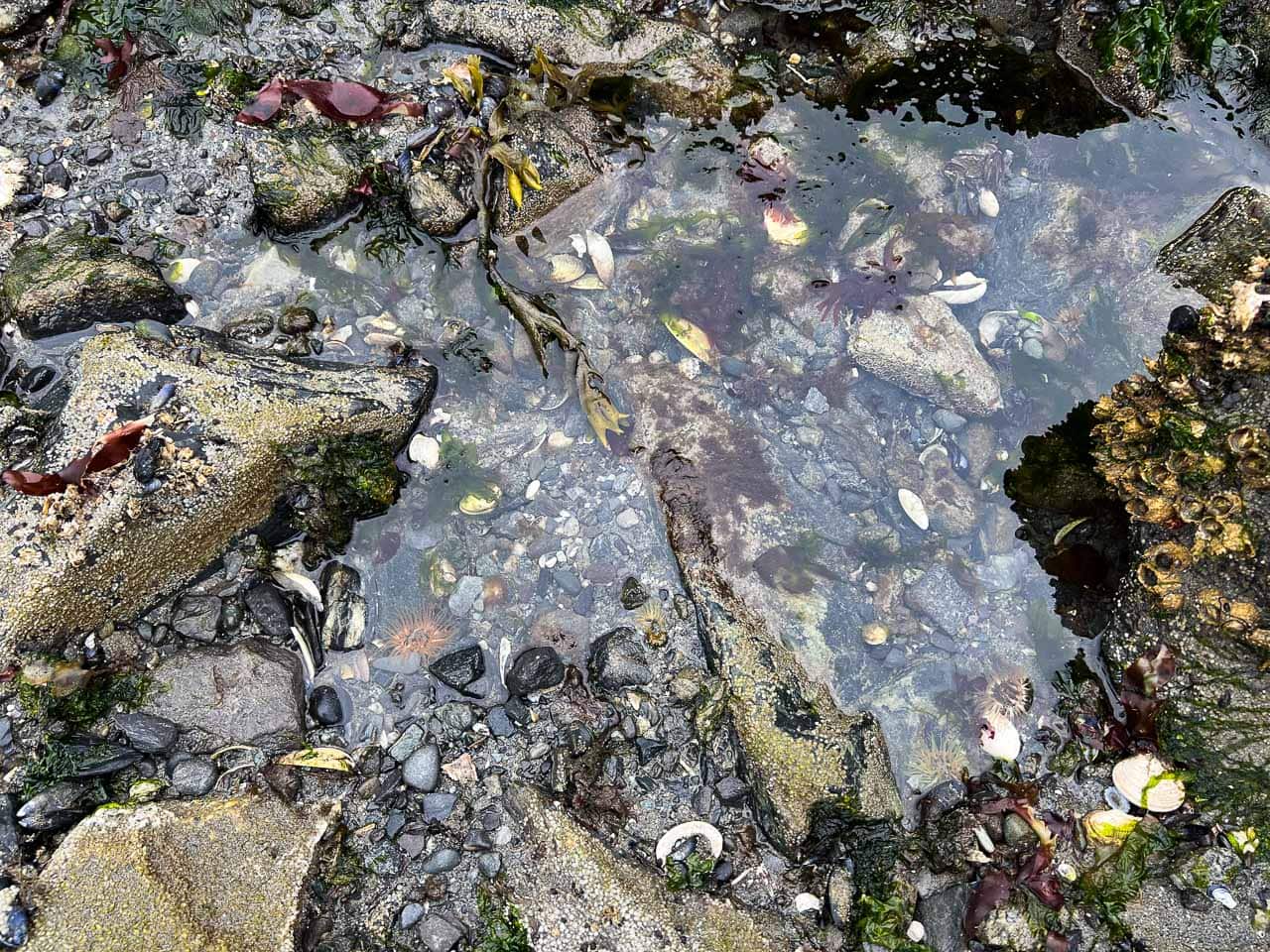
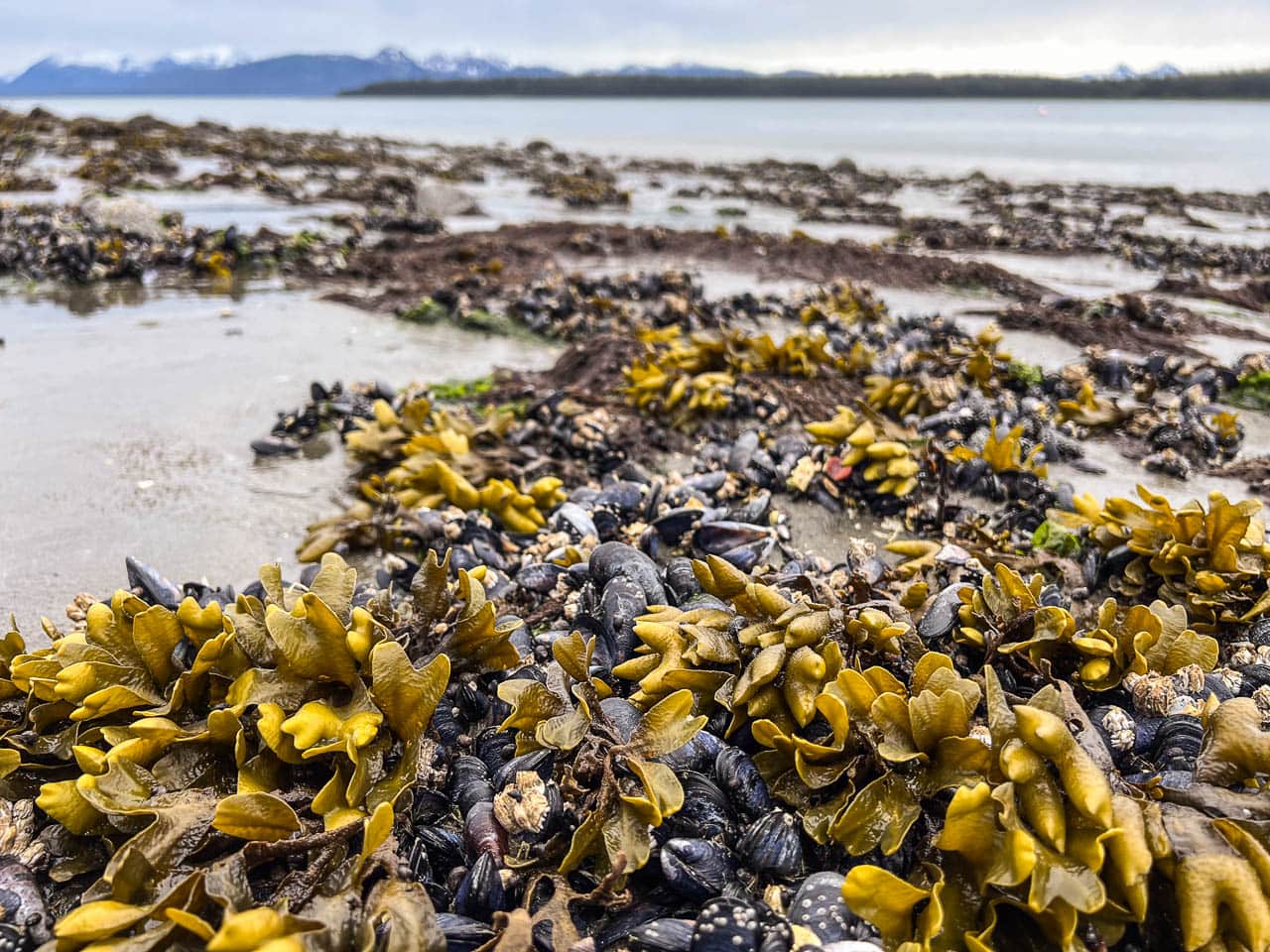
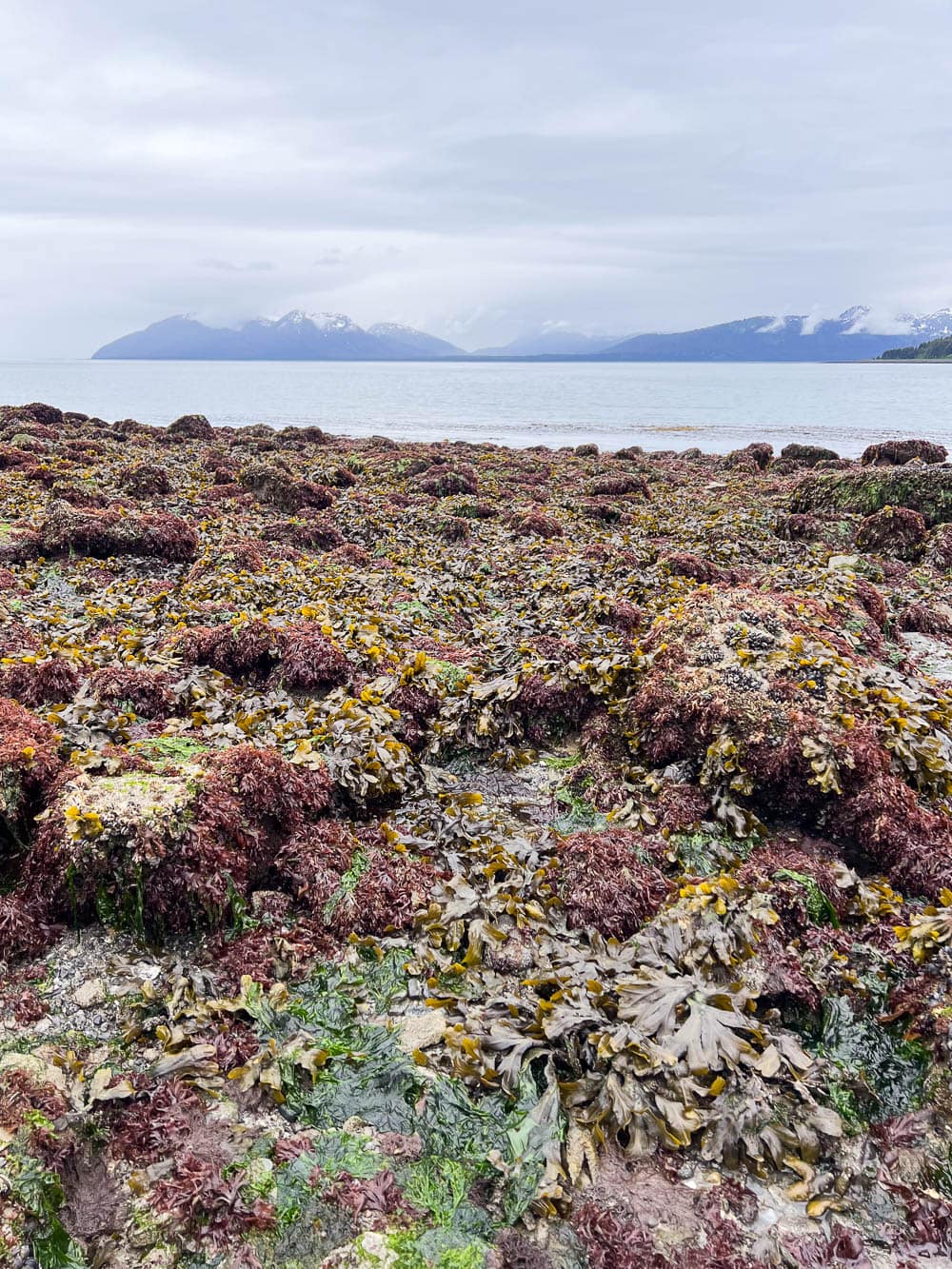
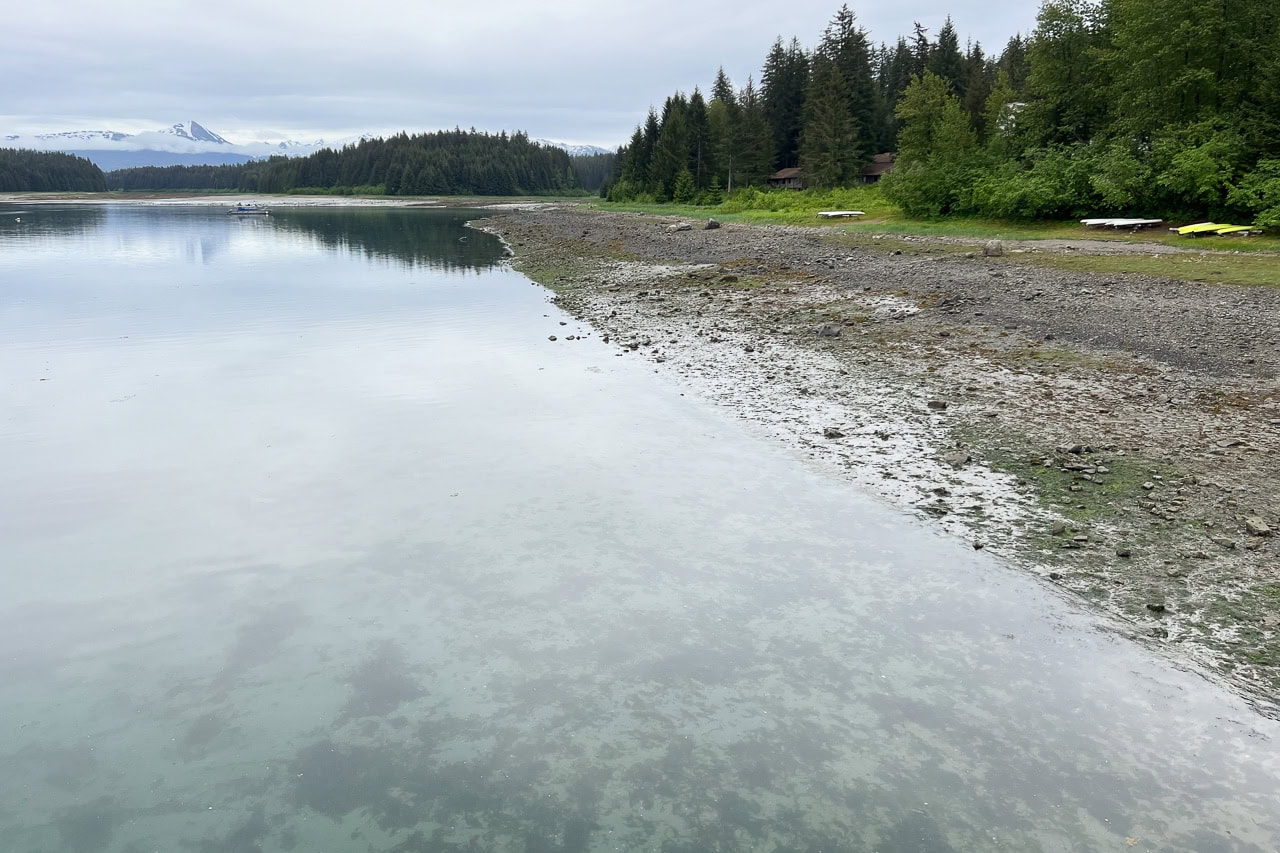
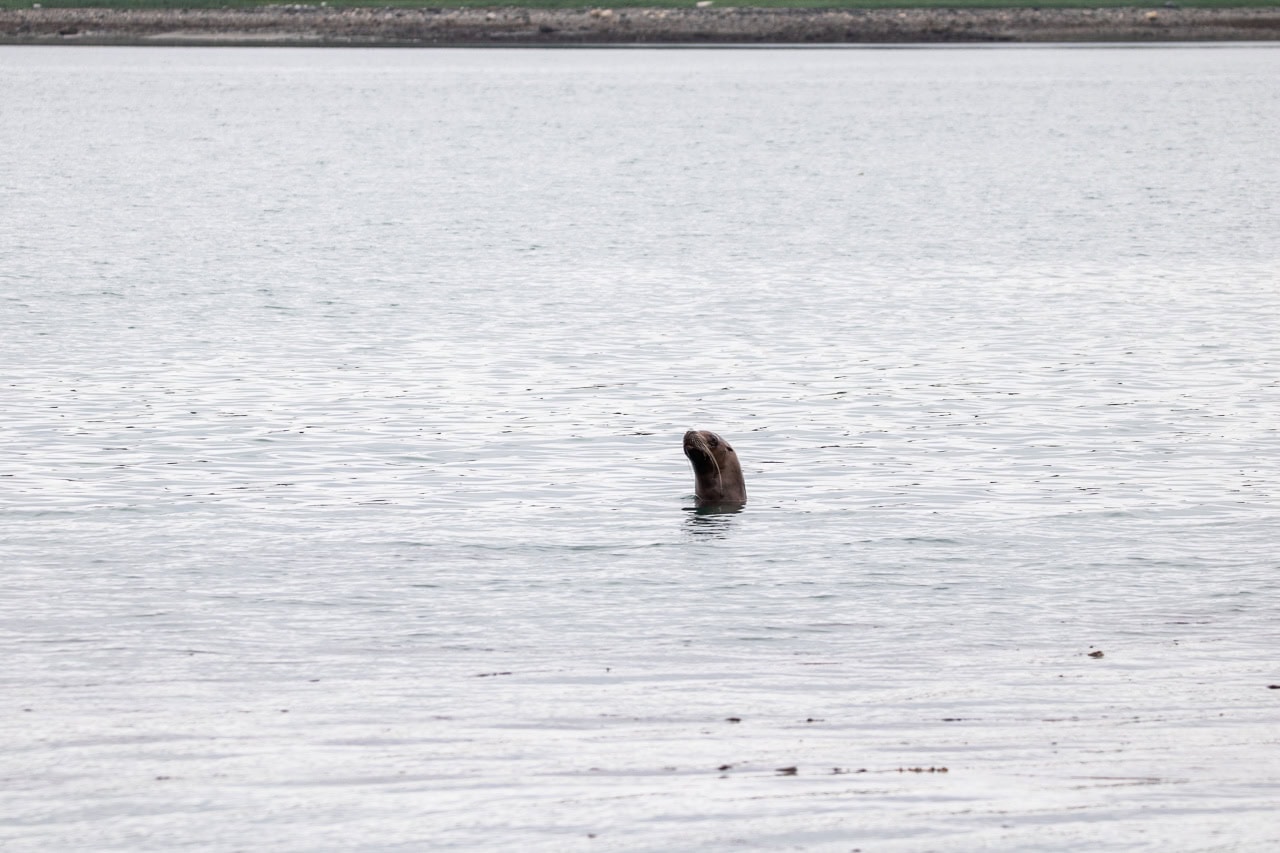
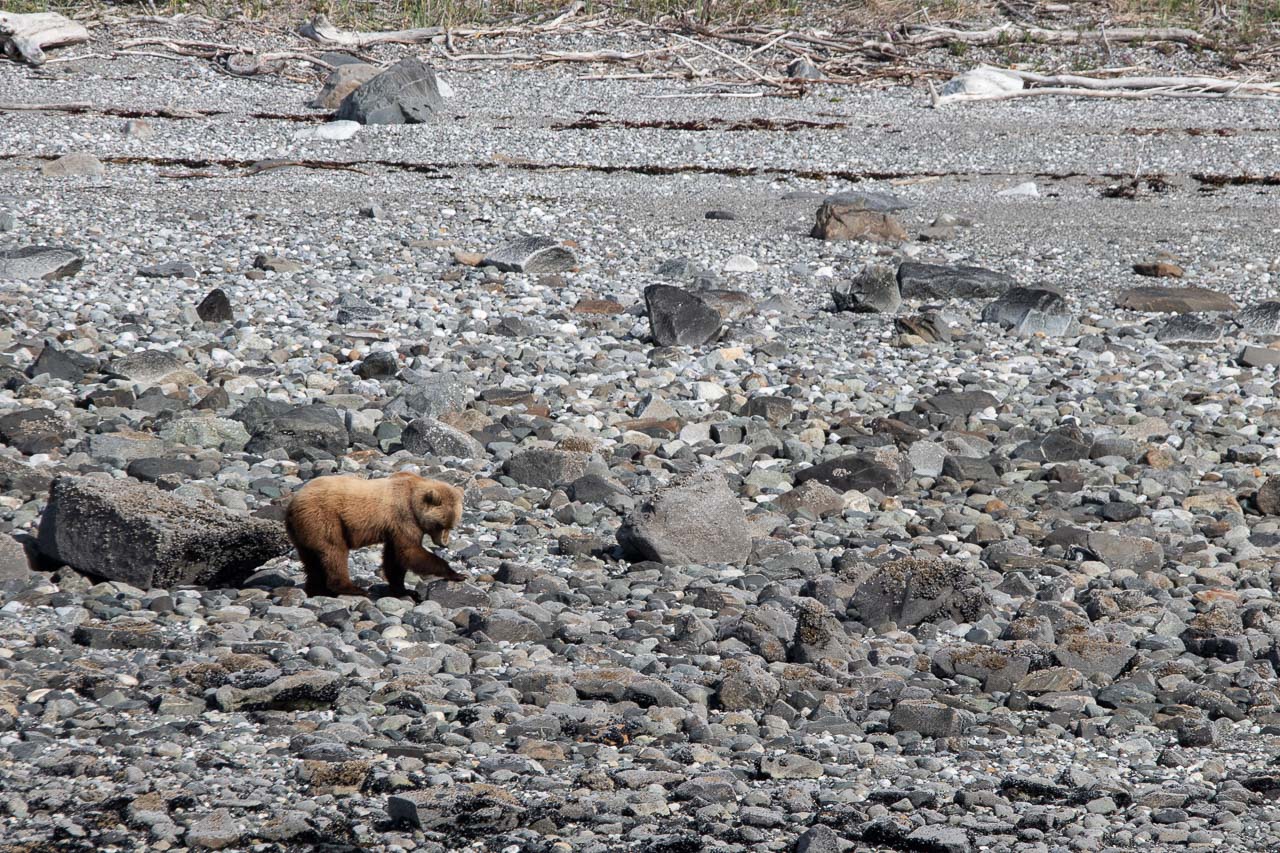
5. Walk the Tlingit Trail and Visit the Huna Tribal House
The Xunaa Shuká Hít, also known as the Huna Tribal House, is “a gathering place where tribal members, park visitors, and the National Park Service are inspired to learn about and preserve Tlingit history, culture, life ways, and traditions.”
Located just a couple of minutes down the Tlingit Trail from the Glacier Bay Lodge, the Huna Tribal House is the first permanent clan house in Glacier Bay since the original Tlingit villages were destroyed by a rapid glacier advance more than 250 years ago.
It serves both as a meeting place for the Tlingit people and a learning space for visitors. During the summer season, the Huna Tribal House is open to visitors in the afternoon from Monday through Saturday.
As you walk the Tlingit Trail, which is one of the essential hikes in Glacier Bay National Park, take a moment to admire the intricate carvings on the two totems in front of the Huna Tribal House. Elsewhere on the trail, you can see the complete skeleton of a humpback whale called Snow and a Tlingit canoe.
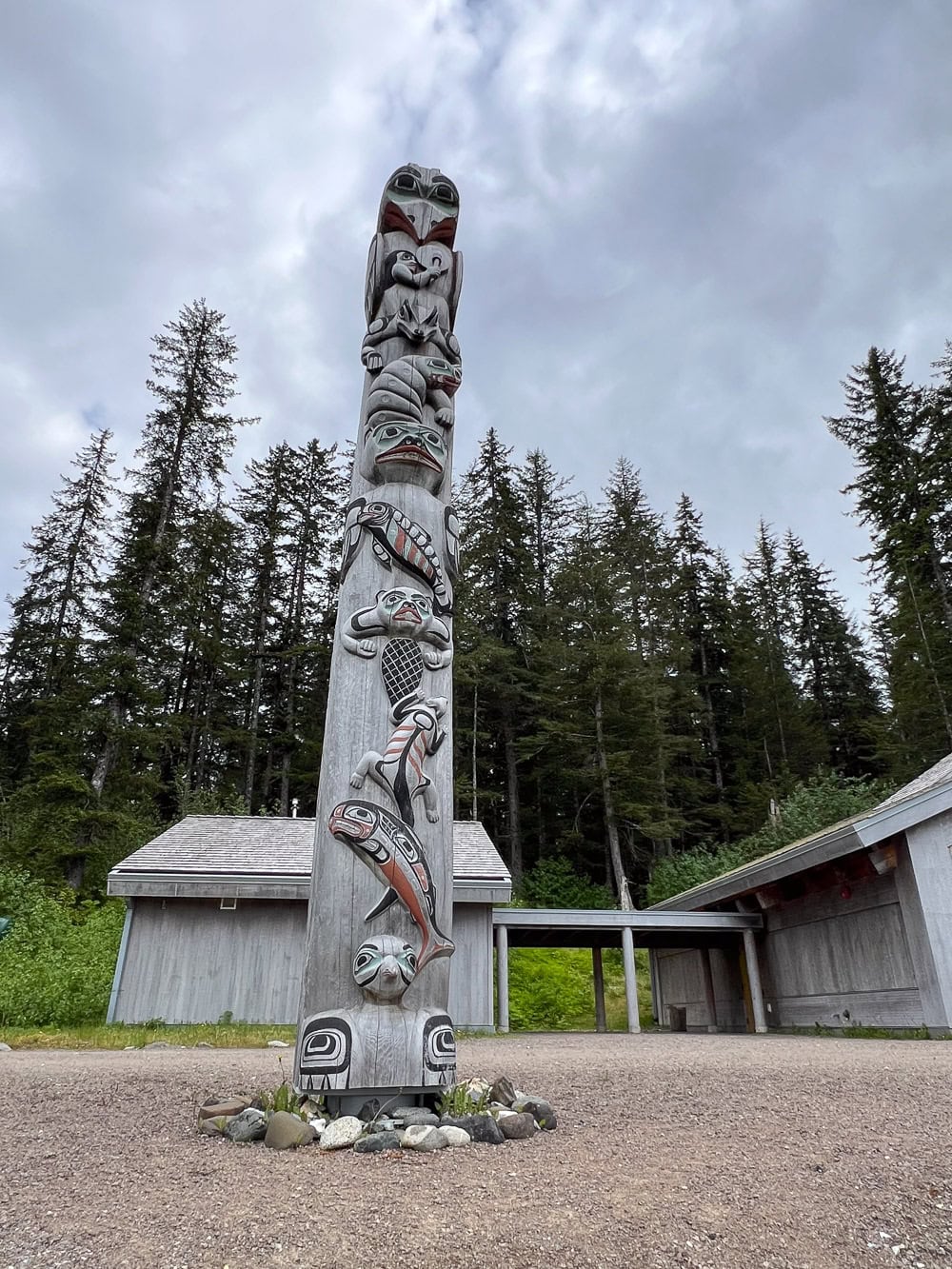
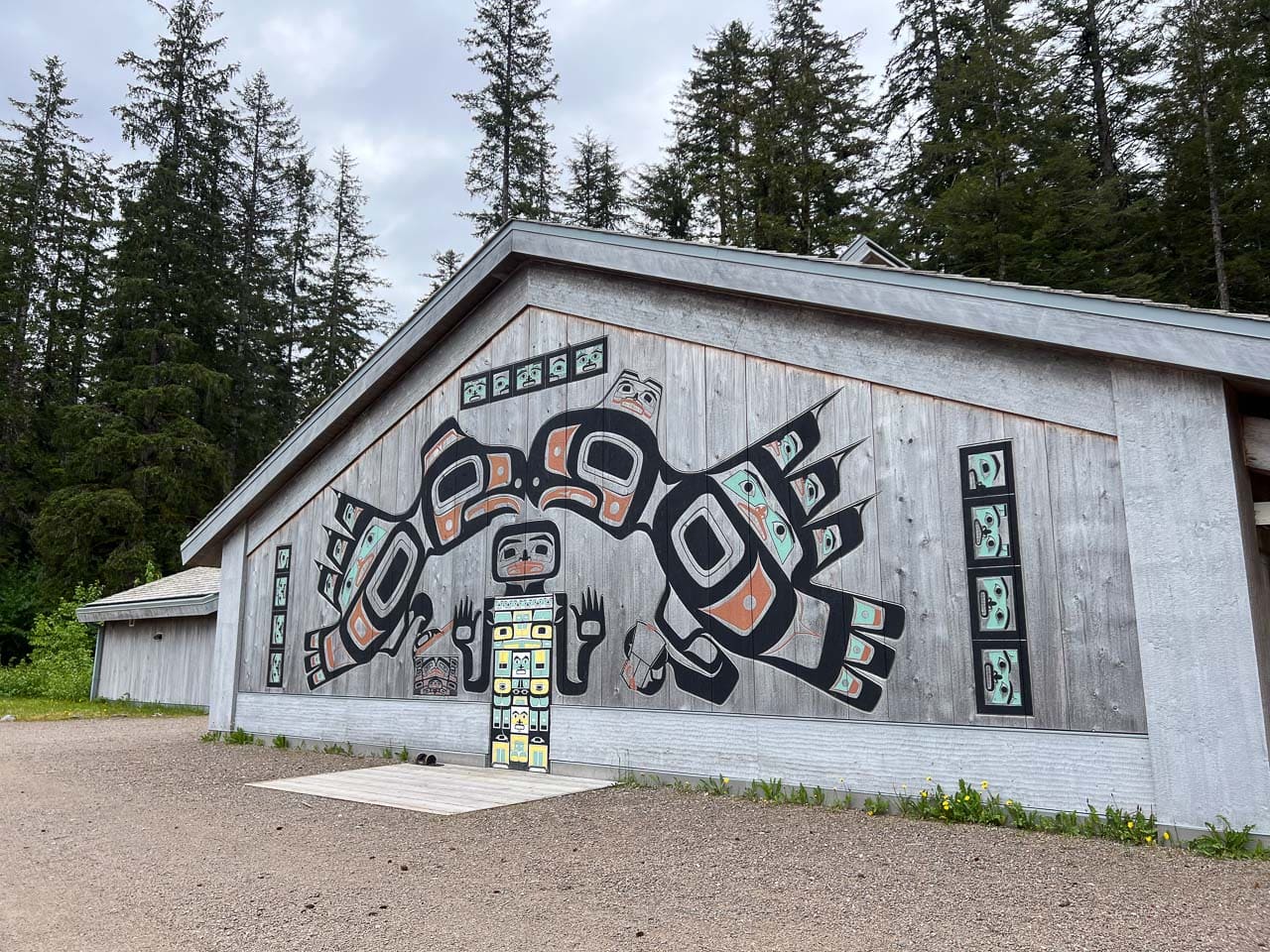
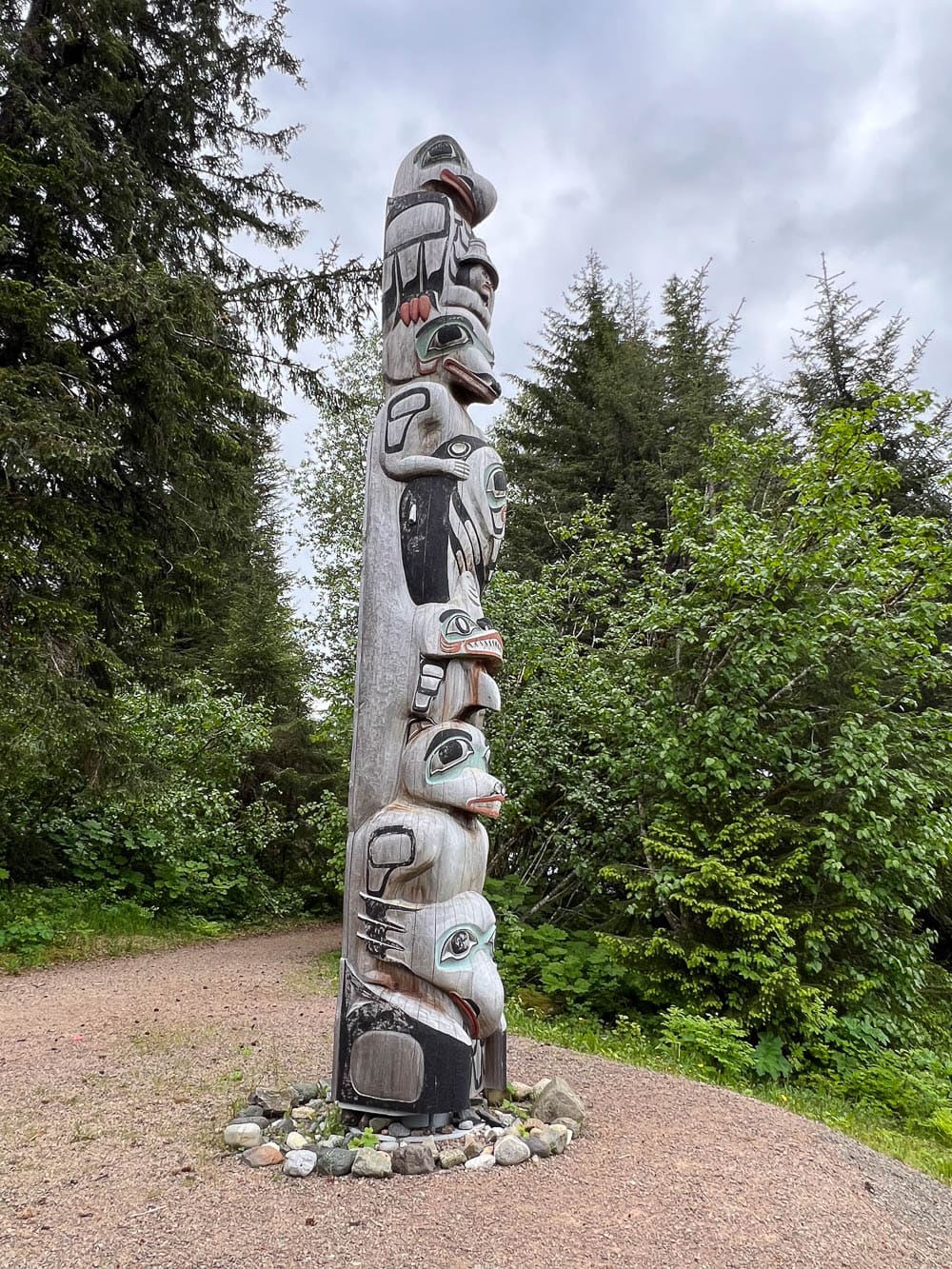
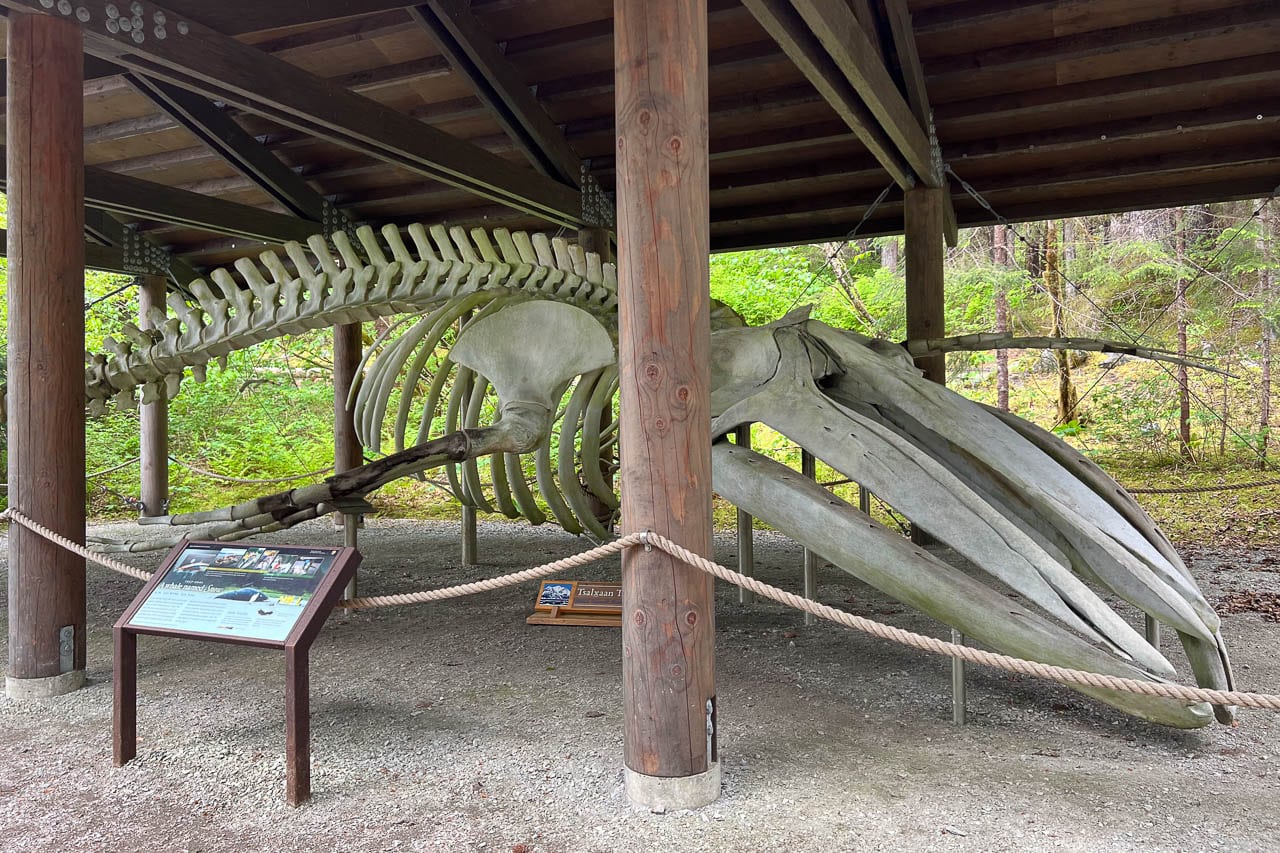
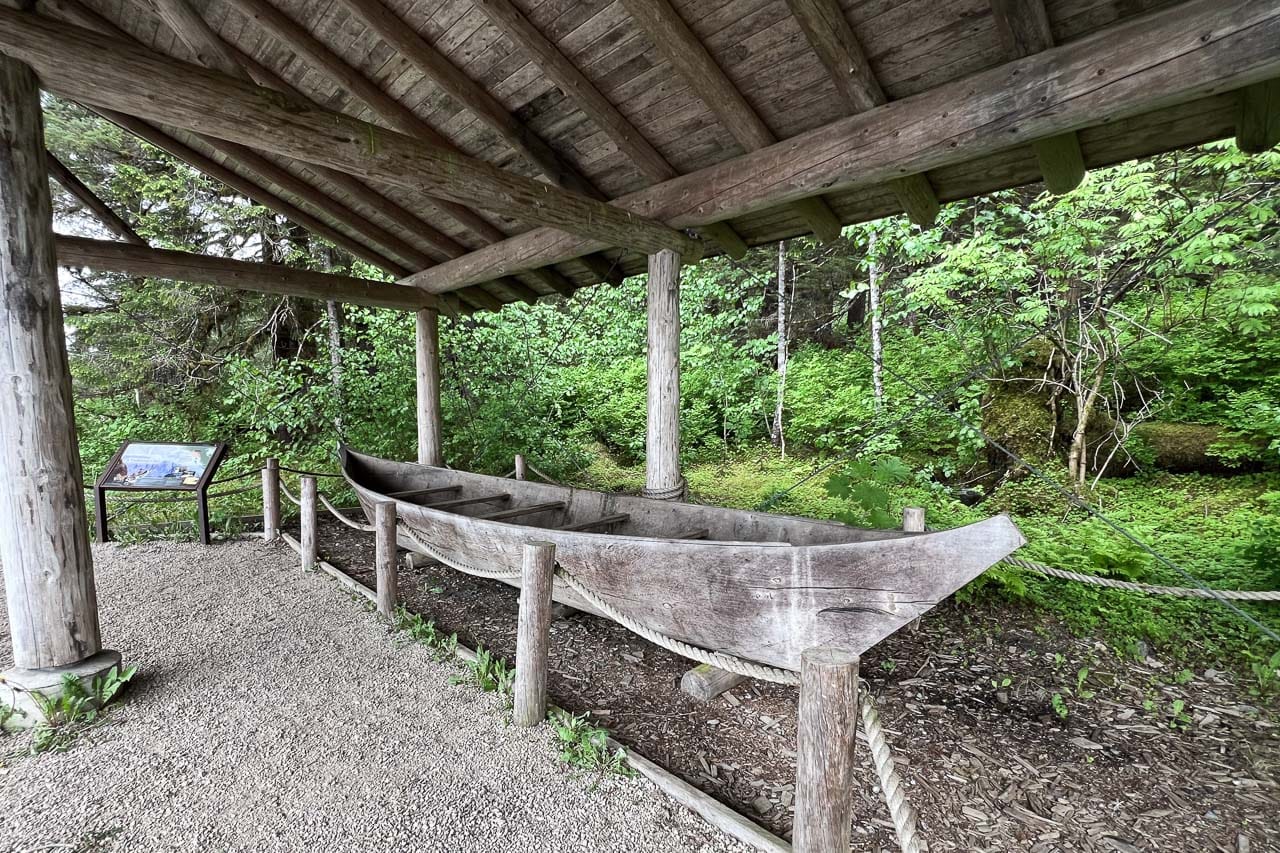
4. Hike Through a Lush Temperate Rain Forest
One of my favorite things to do in Glacier Bay National Park is exploring the mesmerizingly lush temperate rain forest at Bartlett Cove. The best way to do this is on the Forest Loop Trail, an easy 1-mile walk through the forest and along the rocky beach.
A combination of gravel, dirt, and boardwalks, the trail starts at the parking lot in front of the Glacier Bay Lodge entrance.
At the end of the boardwalk, there are two viewing platforms overlooking gorgeous Blackwater Pond. I loved this place so much I went back there four times—literally! It’s an amazing spot to just sit for a while and listen to the sounds of this moss-covered spruce and hemlock forest. Keep your eyes peeled for birds and other wildlife.
The last section of the Forest Loop Trail runs parallel to the beach, which, if you time your hike properly, provides an excellent opportunity to explore the intertidal zone on your way back the lodge.
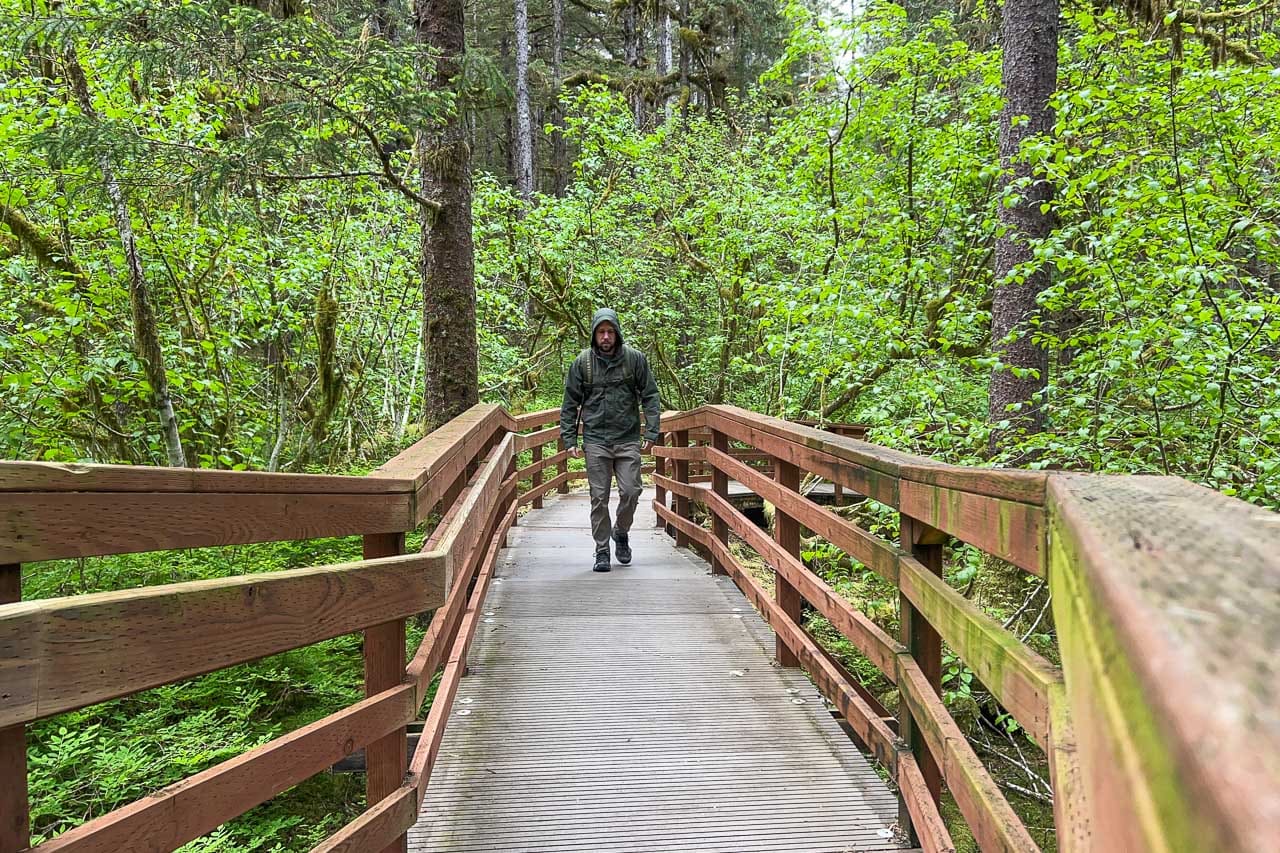
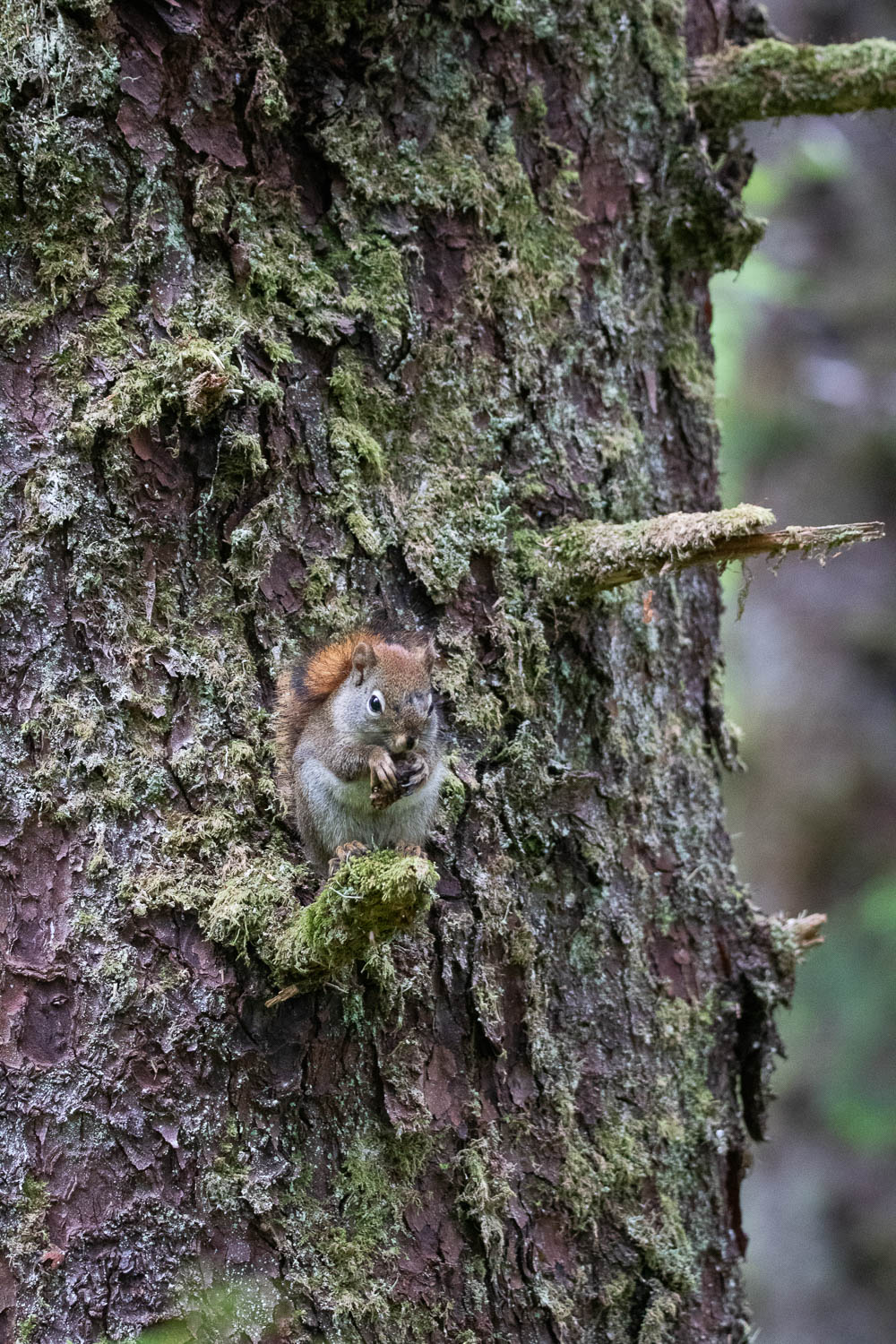
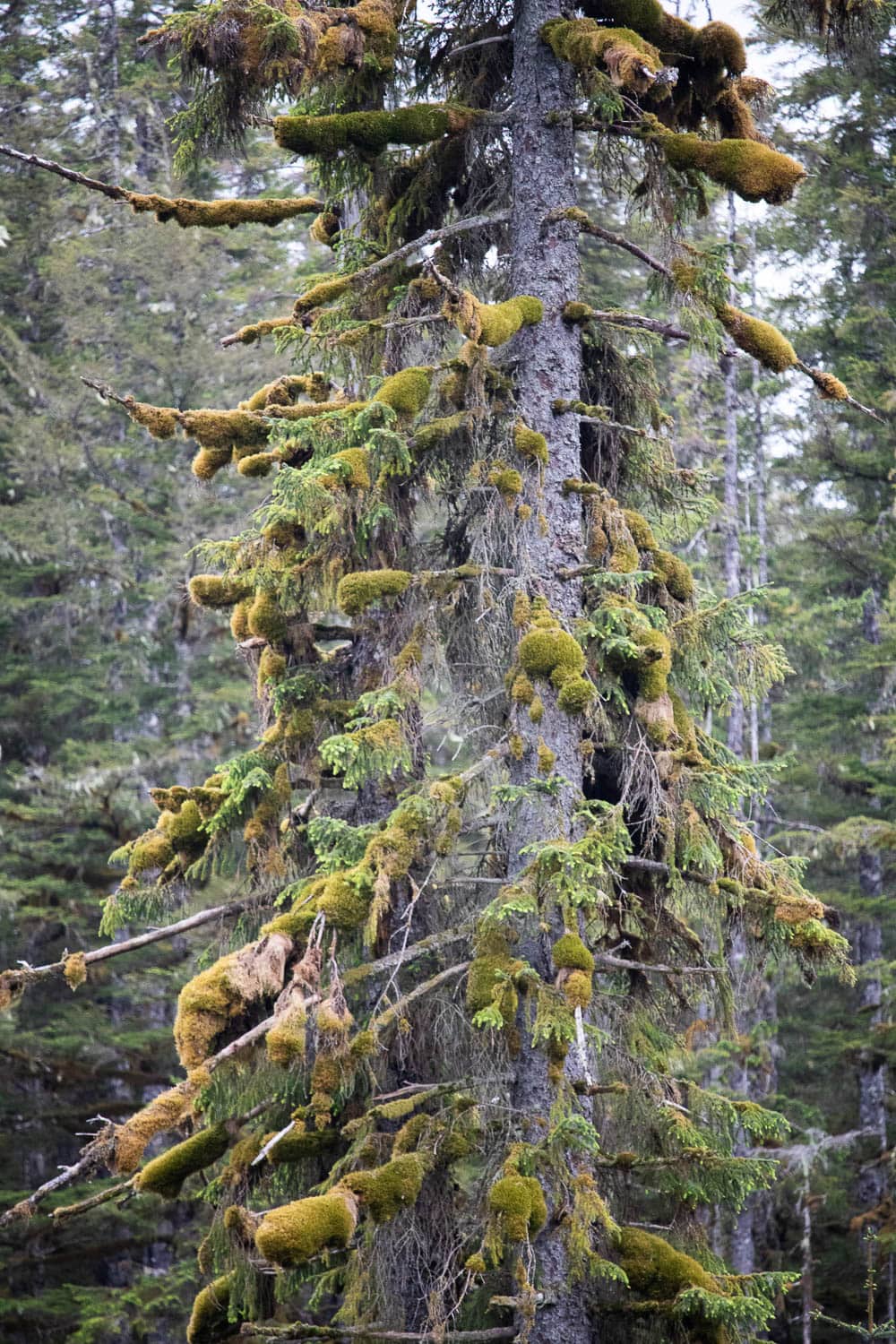
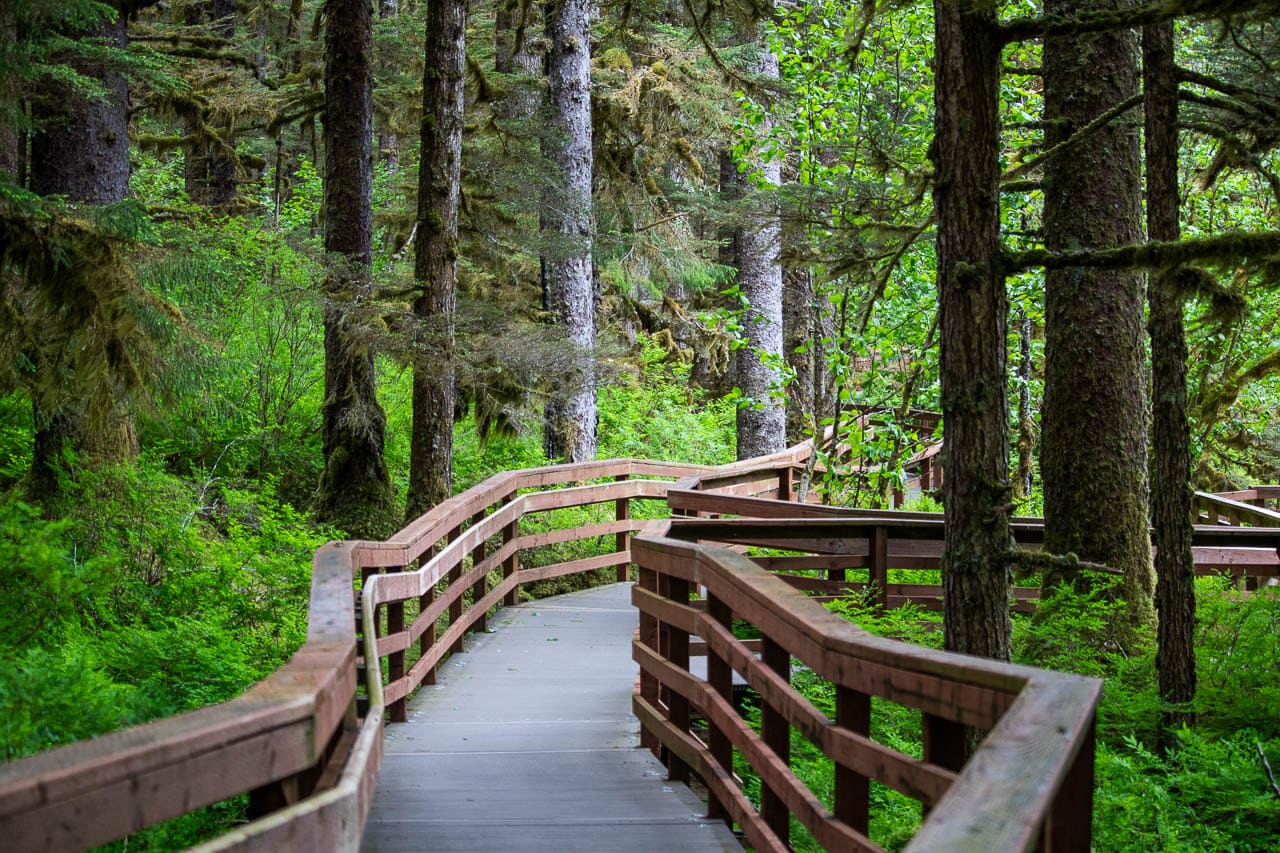
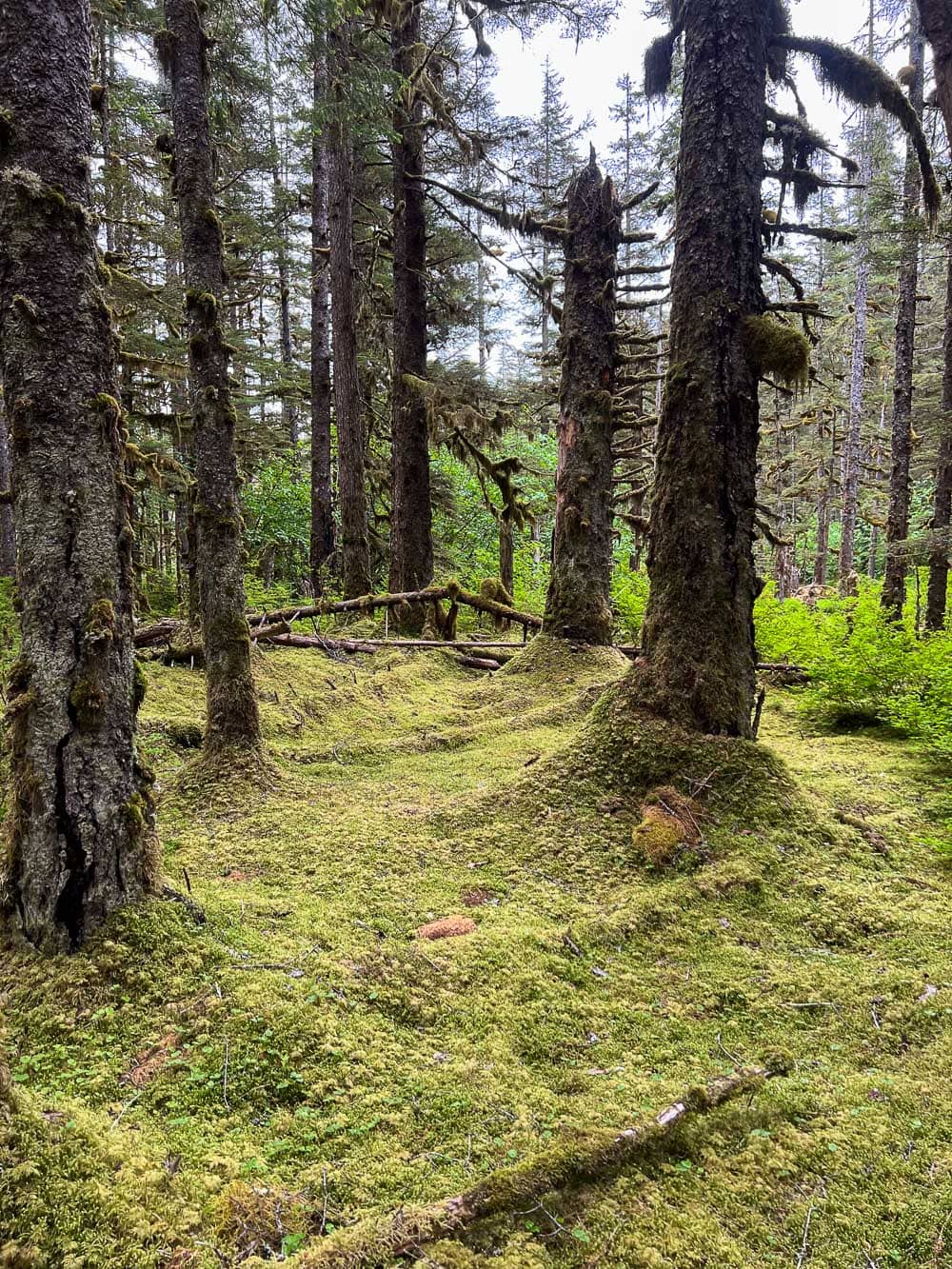
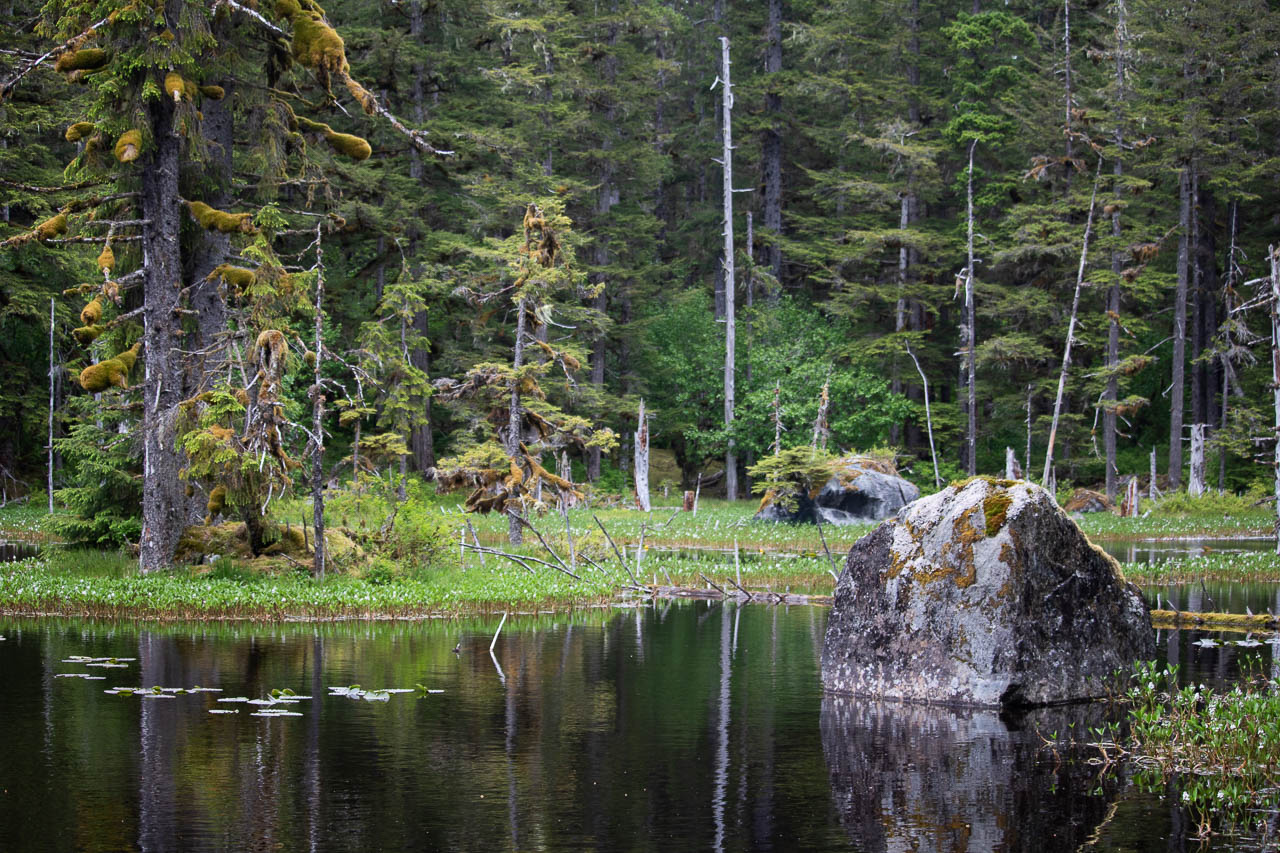
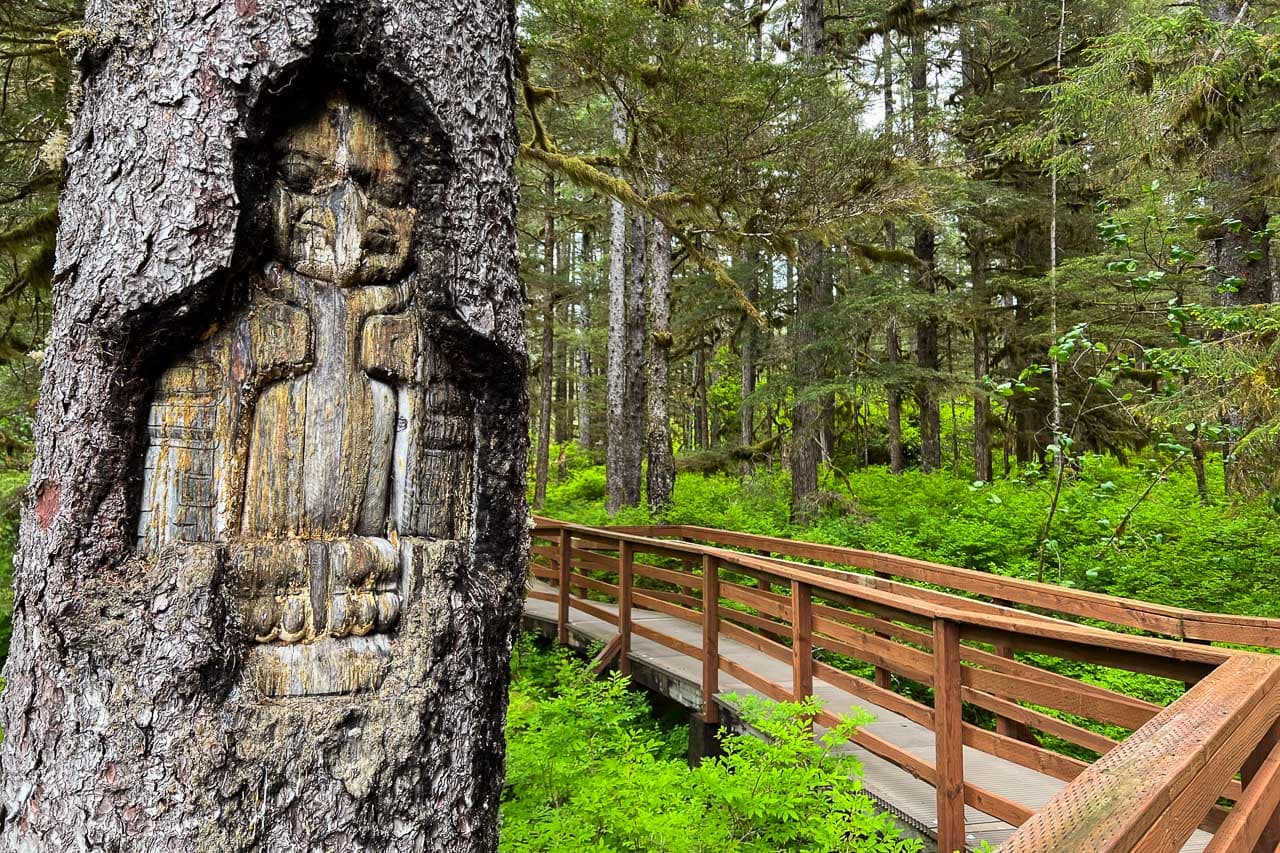
Although you probably won’t need it, it’s a good idea to carry bear spray while hiking in Glacier Bay National Park. Both black bears and brown bears make their home in and around Bartlett Cove and it’s not unusual to see one. Learn how to use bear spray correctly here. Additionally, also watch for moose, who love this lush rain forest environment. Learn what to do when you encounter a moose here.
3. Spend a Couple of Nights at the Glacier Bay Lodge
Part of the NPS Mission 66 Project, the historic Glacier Bay Lodge opened to the public in 1966. It sits on the south shore of Bartlett Cove and is the only visitor accommodation within Glacier Bay National Park.
Its cabin-like rooms are interconnected by elevated boardwalks, while the main lodge building houses the Fairweather Dining Room & Deck, the Glacier Bay National Park Visitor Center, and a gift shop.
Two trails start at the Glacier Bay Lodge: the Forest Loop Trail (at the parking lot) and the Tlingit Trail (between the lodge and the shoreline). The beach is mere steps from your room.
I spent a couple of nights at the Glacier Bay Lodge myself and thoroughly enjoyed the experience. Although the rooms don’t provide modern luxuries like TV, air-conditioning, or Wi-Fi, they do have a large comfortable bed, heating, and a nice private bathroom. And that’s really all you need to immerse yourself, without distractions, in the magnificent landscapes of Glacier Bay!
Note that there’s also no cell phone service in Bartlett Cove. That said, though, if you’d like to connect with the outside world, there is public Wi-Fi in the main building of the Glacier Bay Lodge.
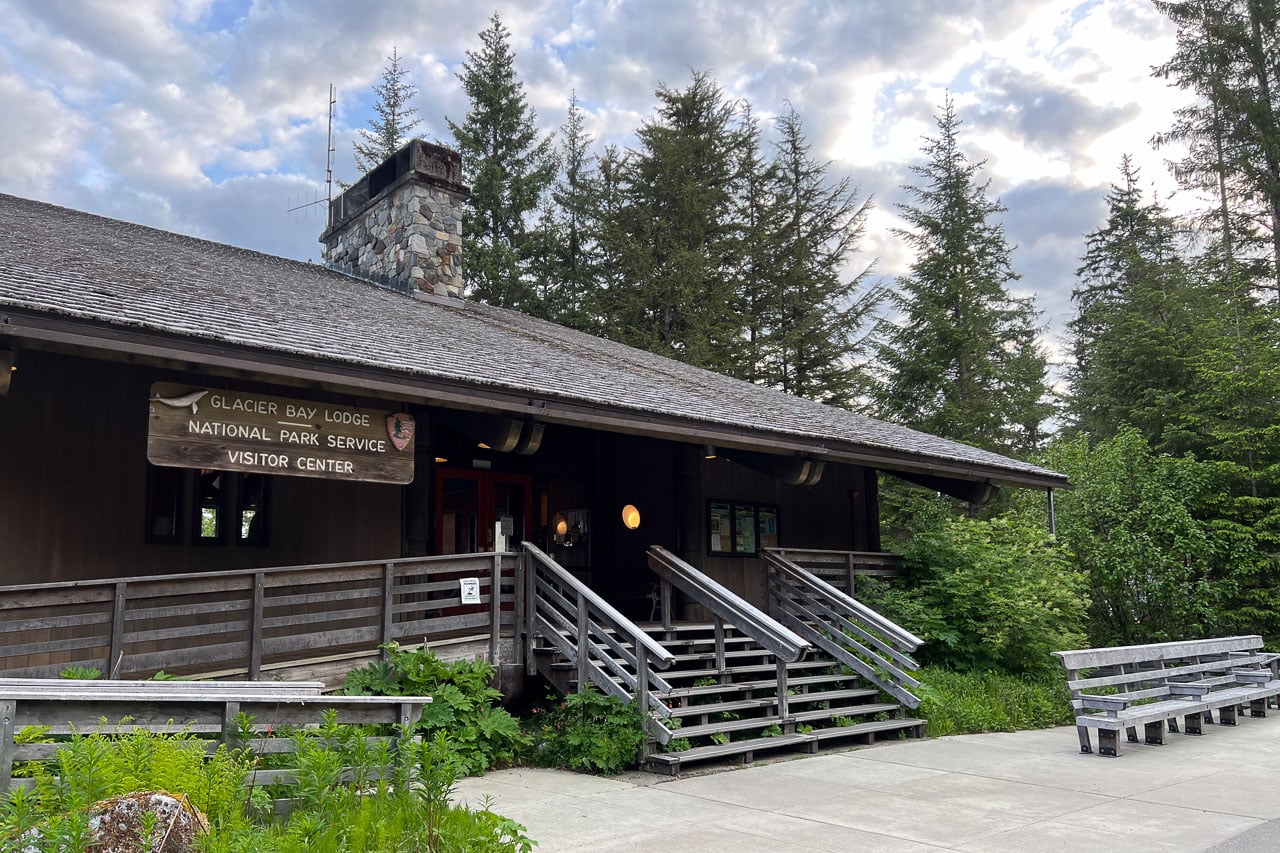
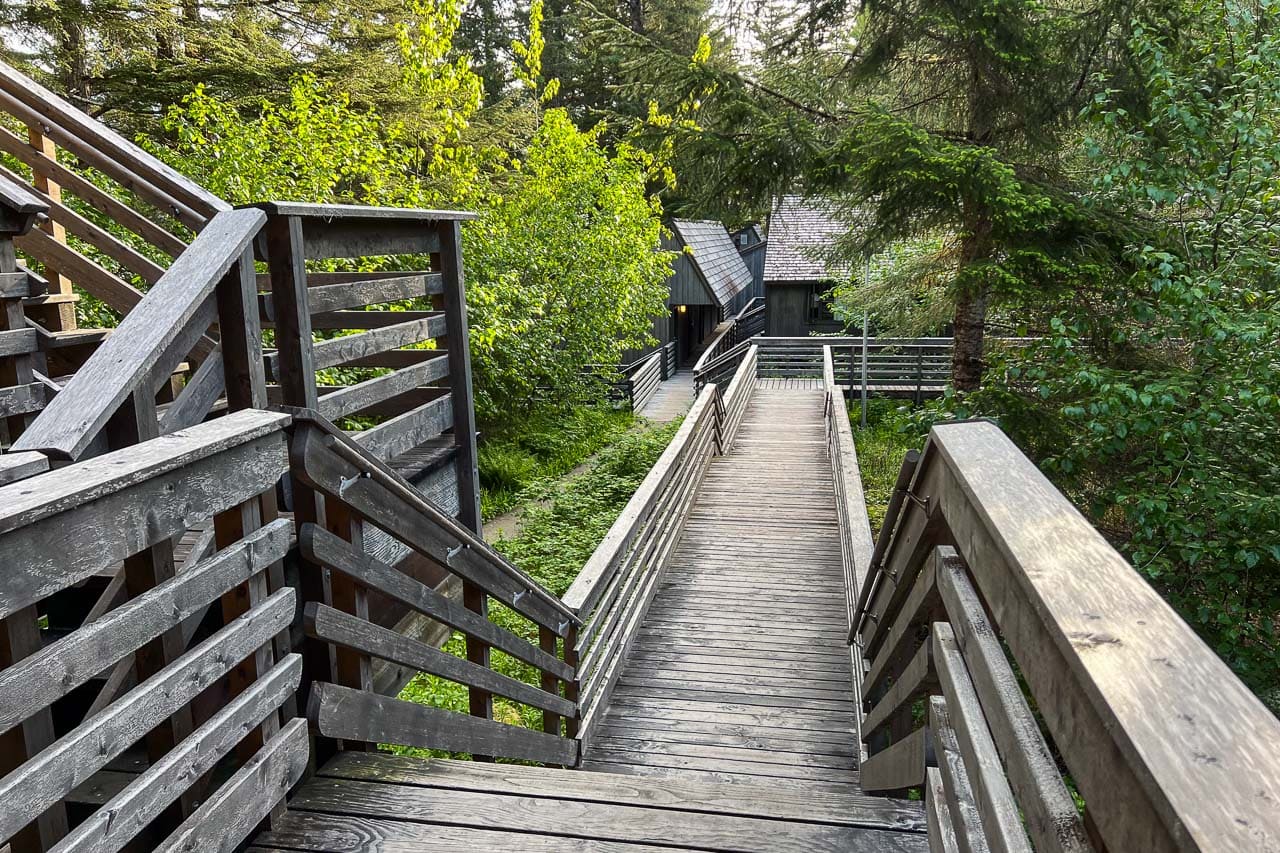
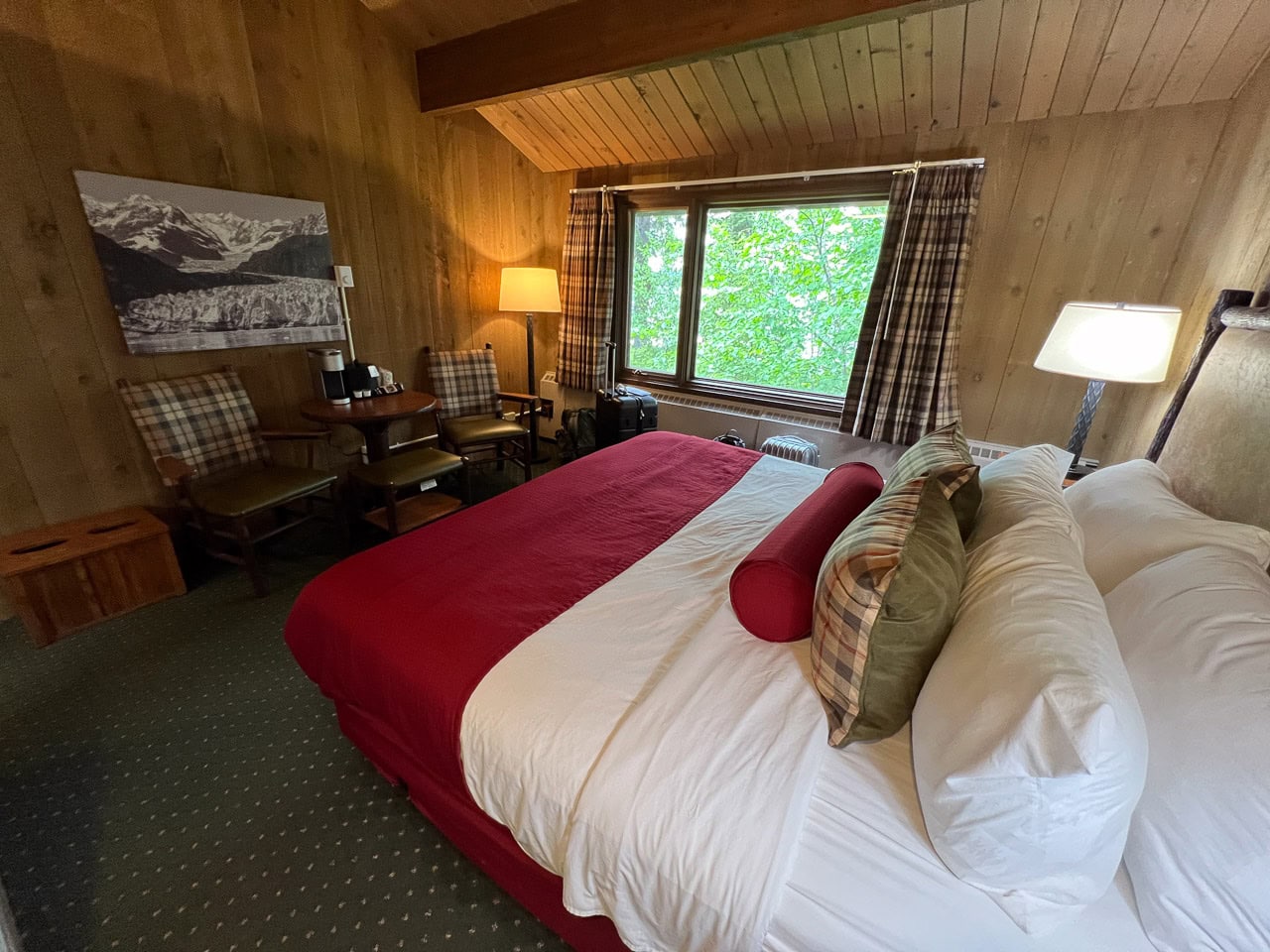
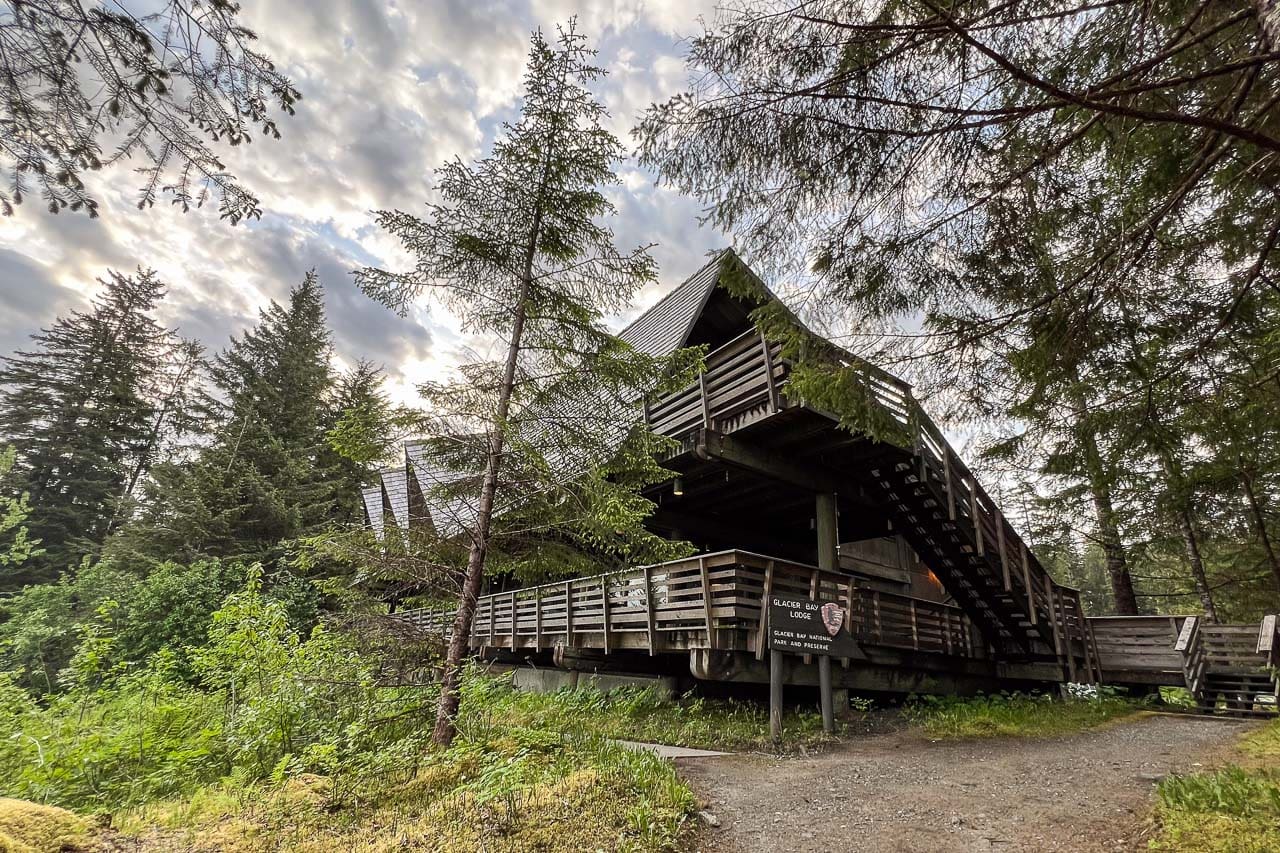
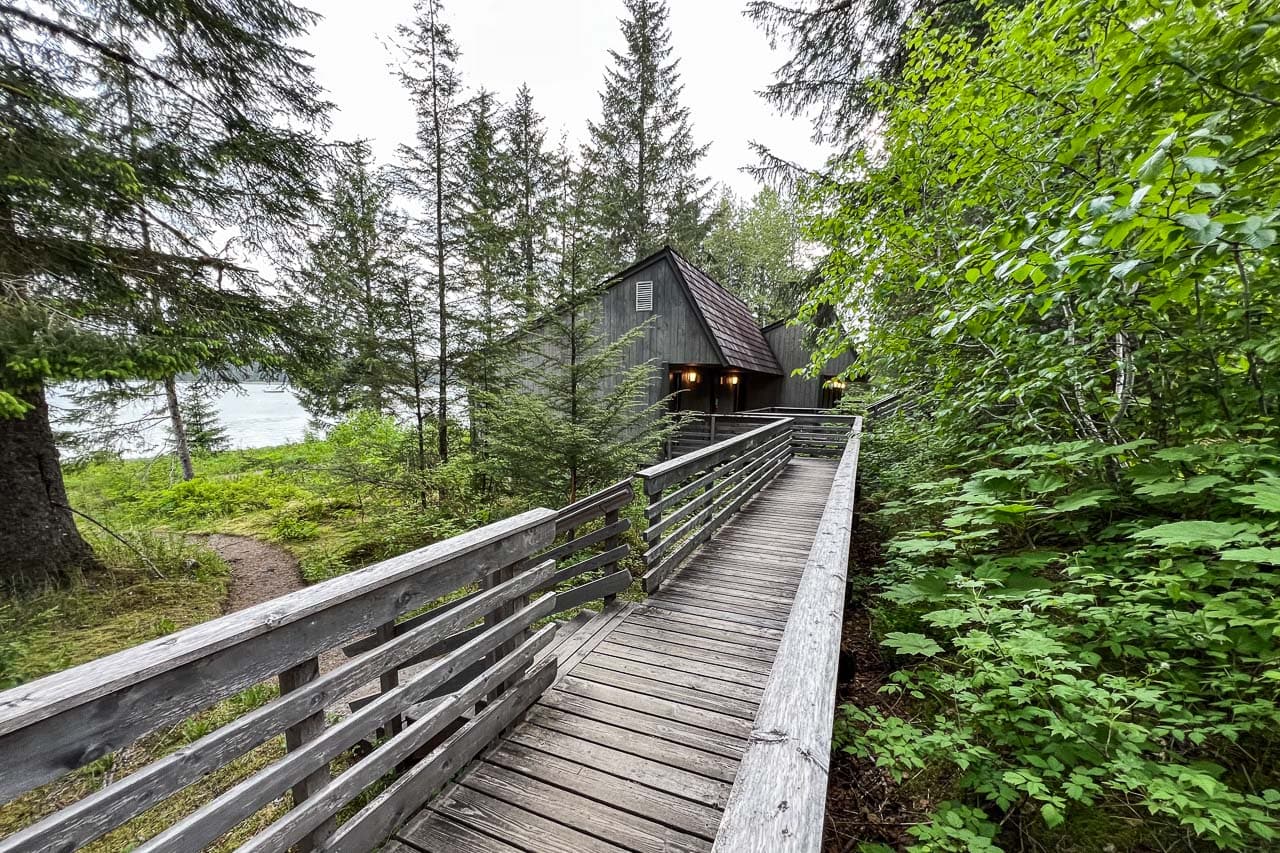
2. Go Sea Kayaking
Exploring Glacier Bay on the actual water is an experience unlike any other. It’s hard to overstate how amazing this actually is.
And you don’t need to have extensive sea kayaking and backcountry camping experience to do this. You can rent kayaks from Glacier Bay Sea Kayaks and head out on a half-day or full-day guided or self-guided kayaking excursion in Bartlett Cove.
As you paddle around Bartlett Cove, keep your eyes peeled for marine life. Harbor seals and sea otters are quite regular sightings, as are various birds. Lucky kayakers may see the spouts of humpback whales or even the distinctive dorsal fins of orcas in the distance.
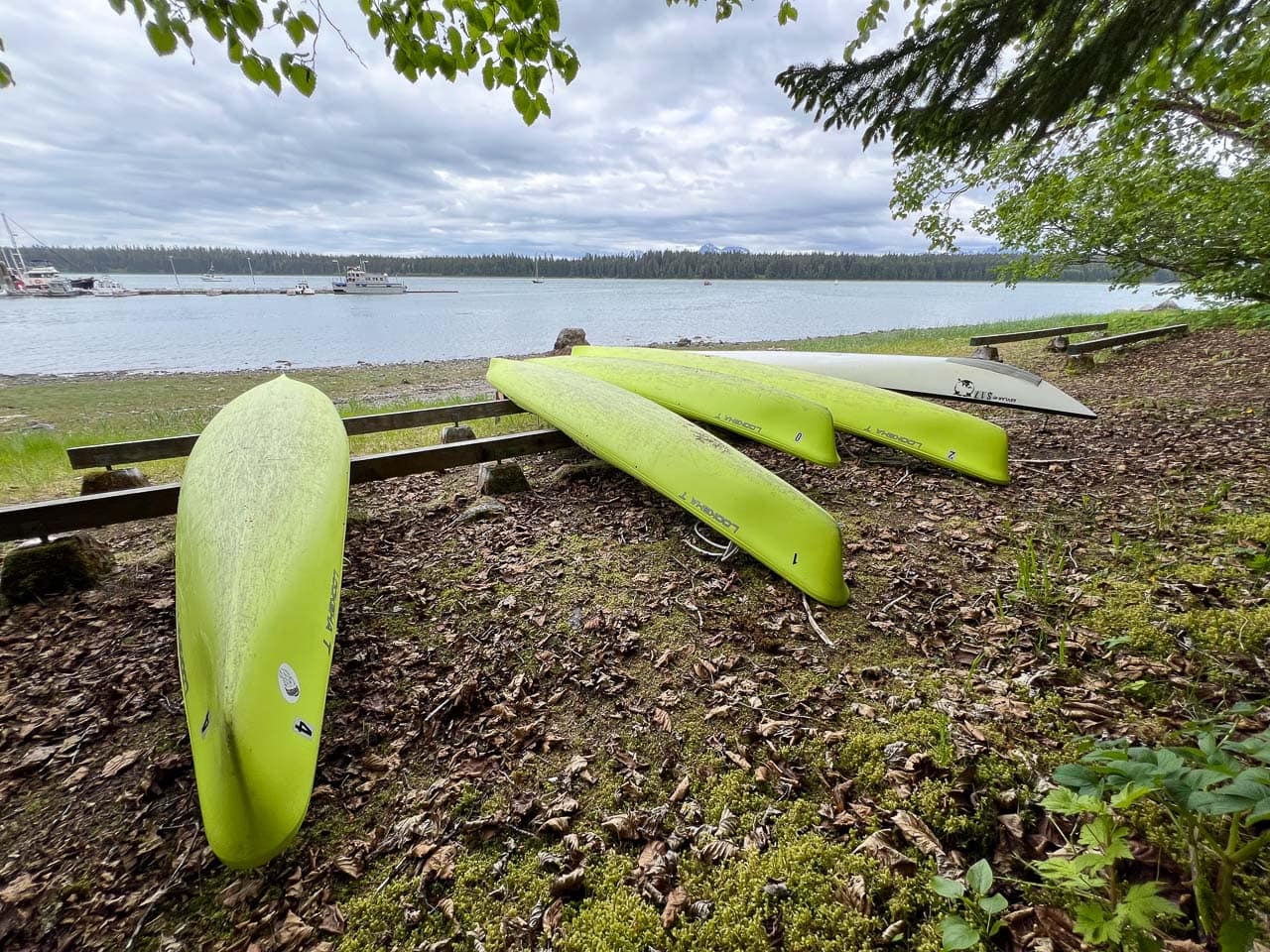
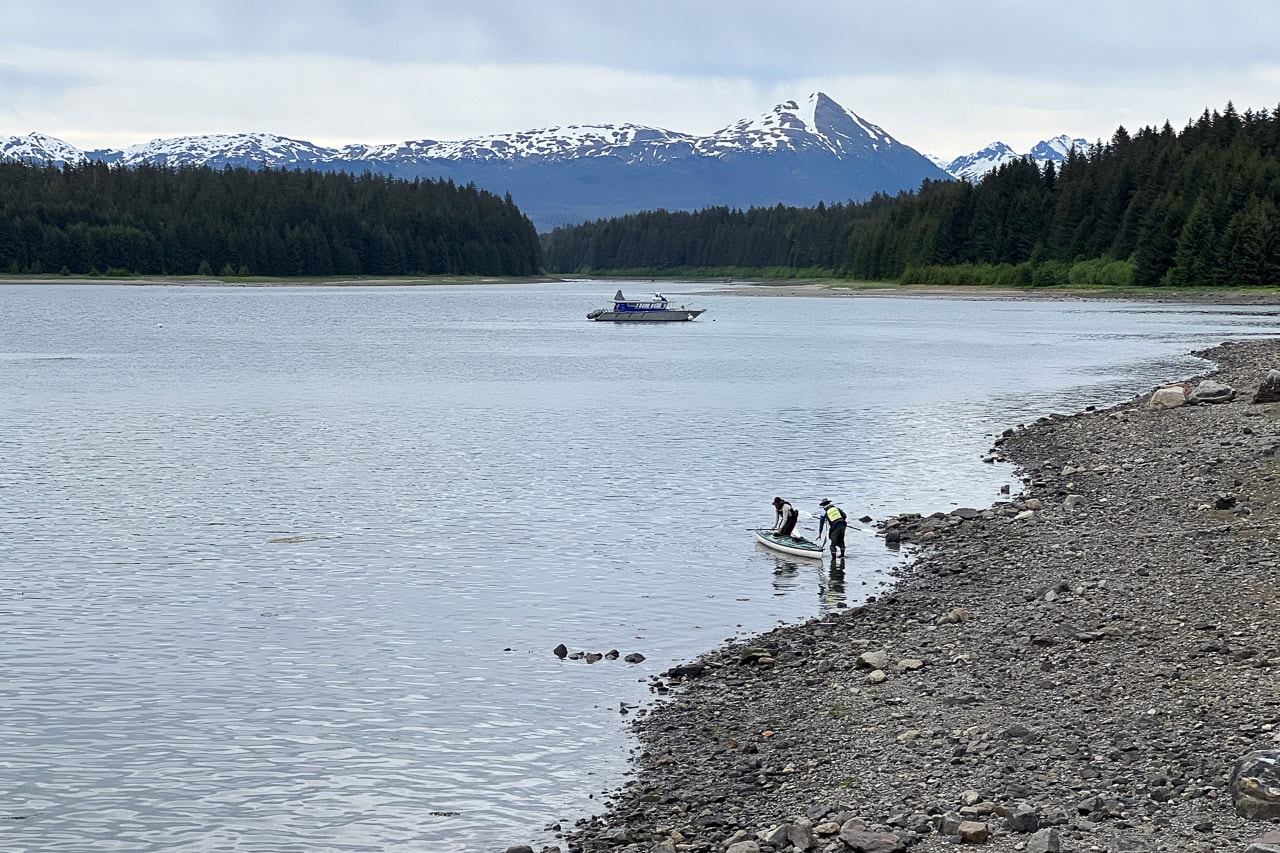
1. See Glaciers and Wildlife on the Full-Day Glacier Bay Boat Tour
All of the above brings us to the absolute star attraction of Glacier Bay National Park: a full-day Glacier Bay boat tour. This excursion is unparalleled. It’s what Glacier Bay National Park truly is all about. It’s essential, the only way to actually see the park’s iconic and namesake tidewater glaciers up close.
There are too many highlights on this tour to describe in detail, so I’ll keep things brief. I’ll let my photos do the talking instead!
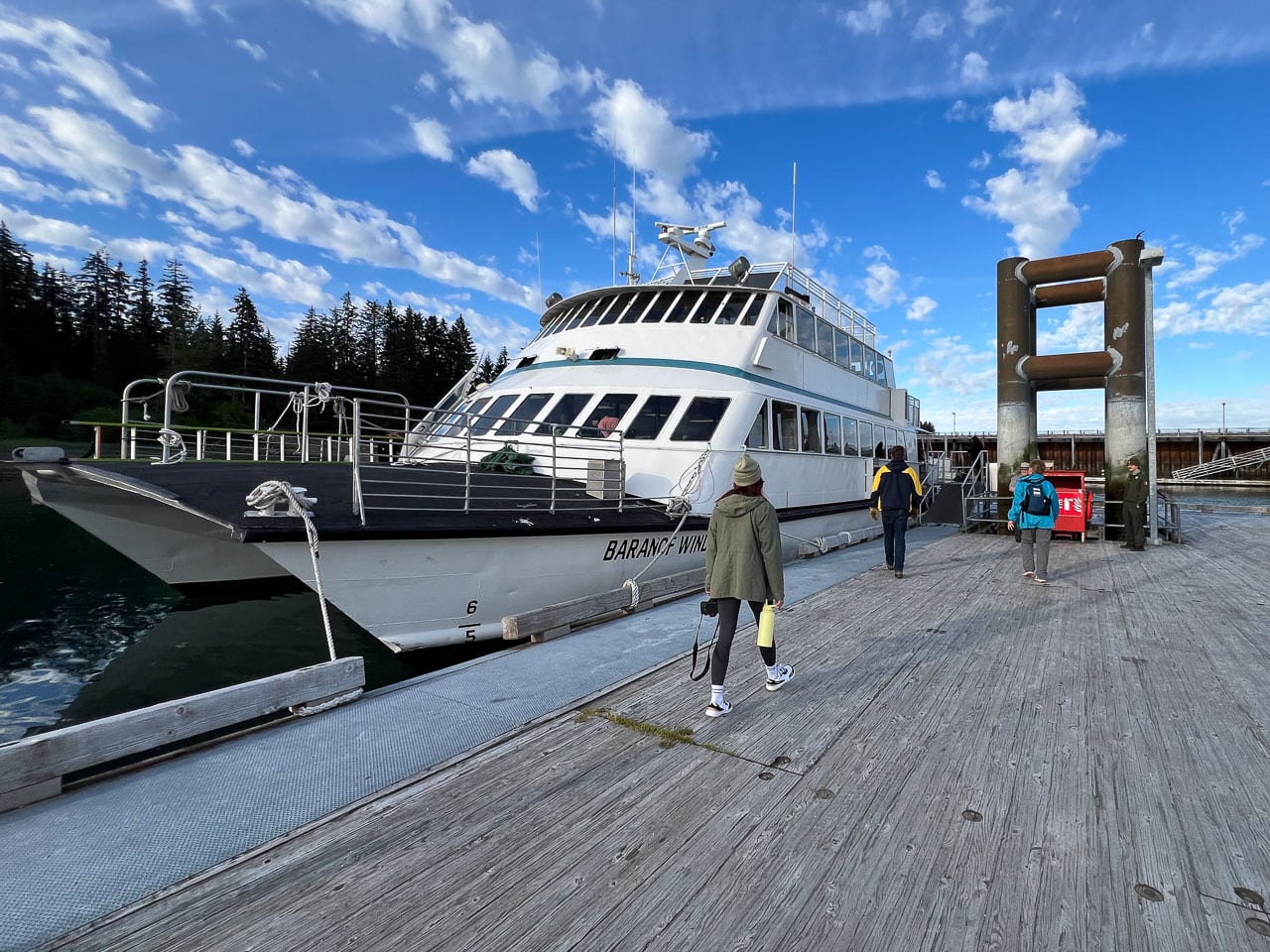
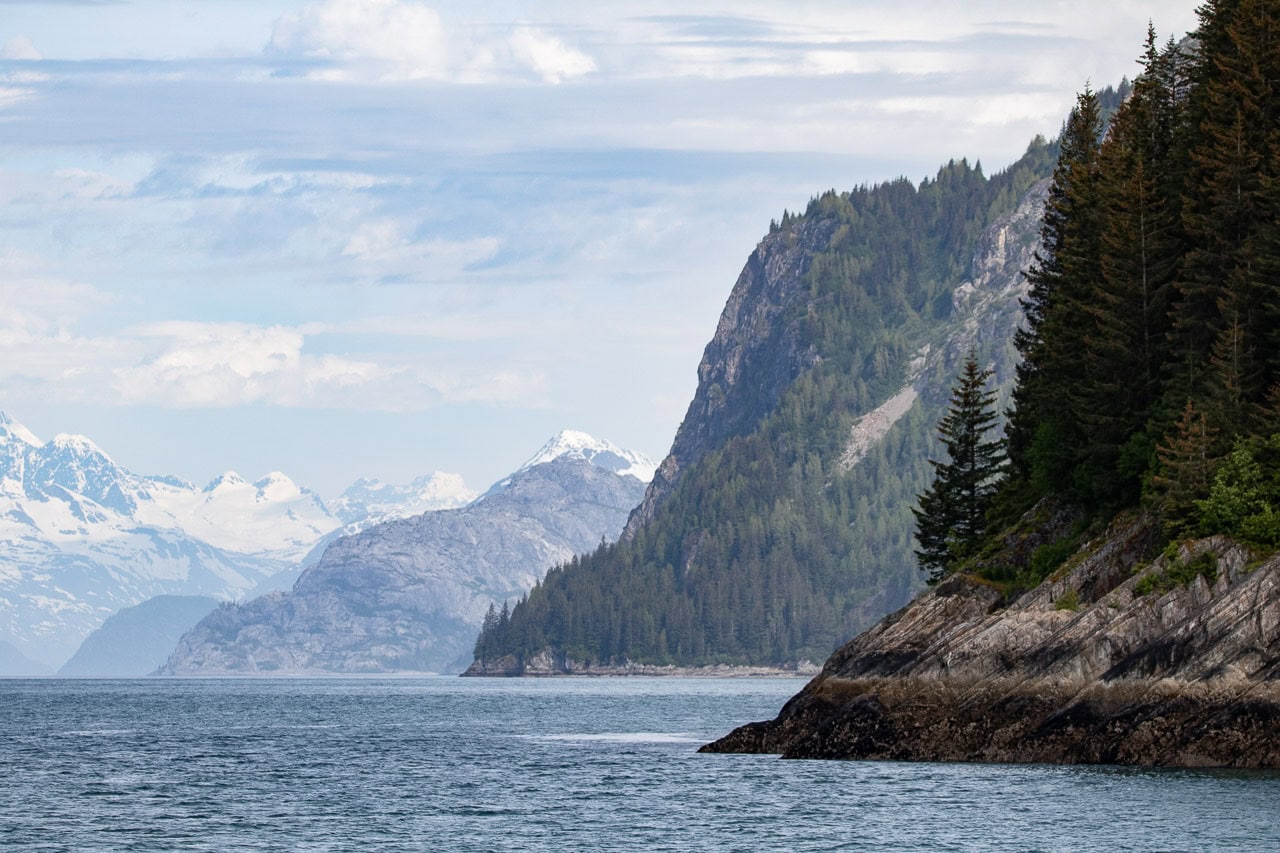
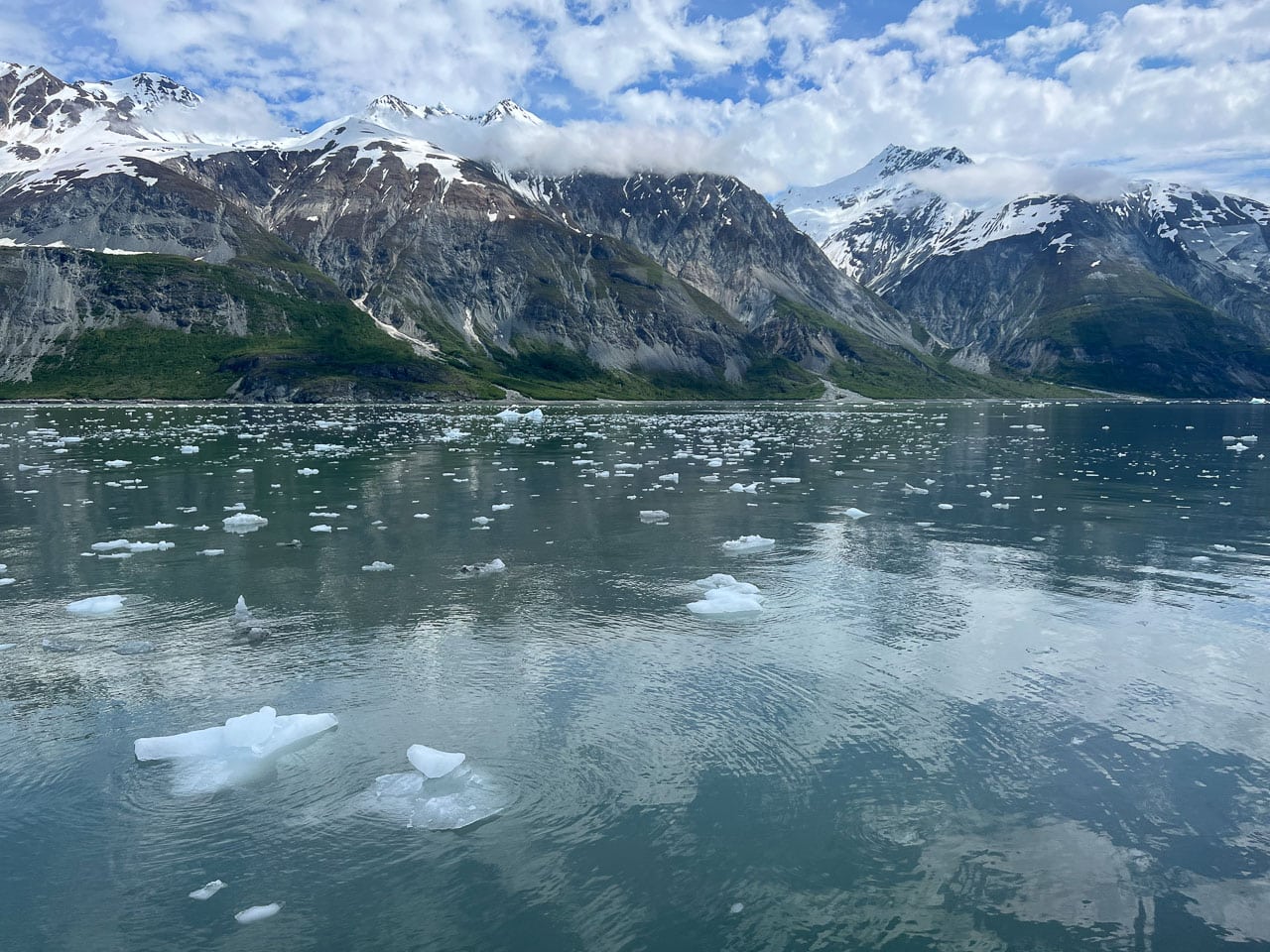
Wildlife of Glacier Bay
During your day in Glacier Bay, you’ll most certainly see a whole host of various animals, although specific wildlife sightings cannot be guaranteed.
For example, when I did the Glacier Bay boat tour, I saw sea otters, sea lions, harbor seals, brown bears, mountain goats, porpoises, bald eagles, tufted and horned puffins, and countless other water birds. Although I didn’t get to see humpback whales or orcas, I was told that on the previous day’s tour, they saw both.
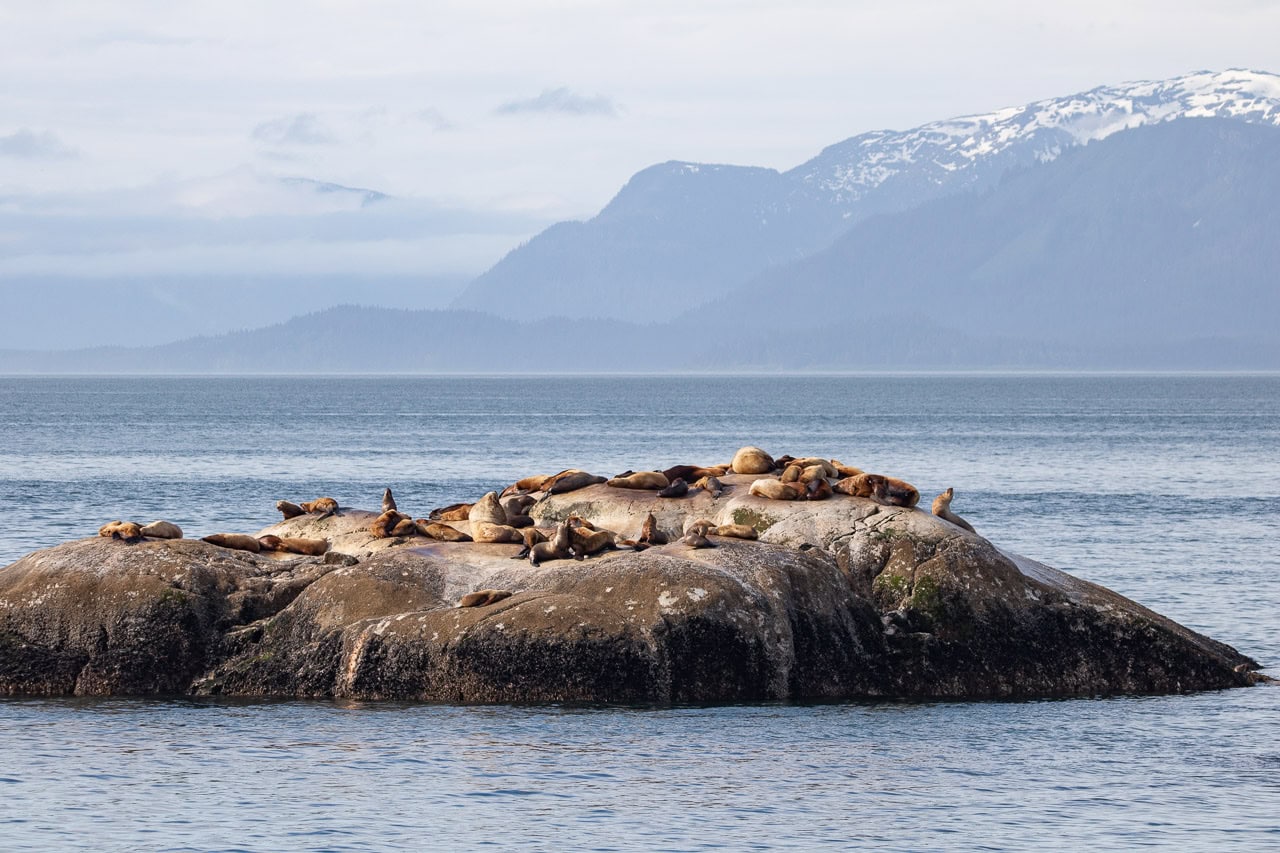
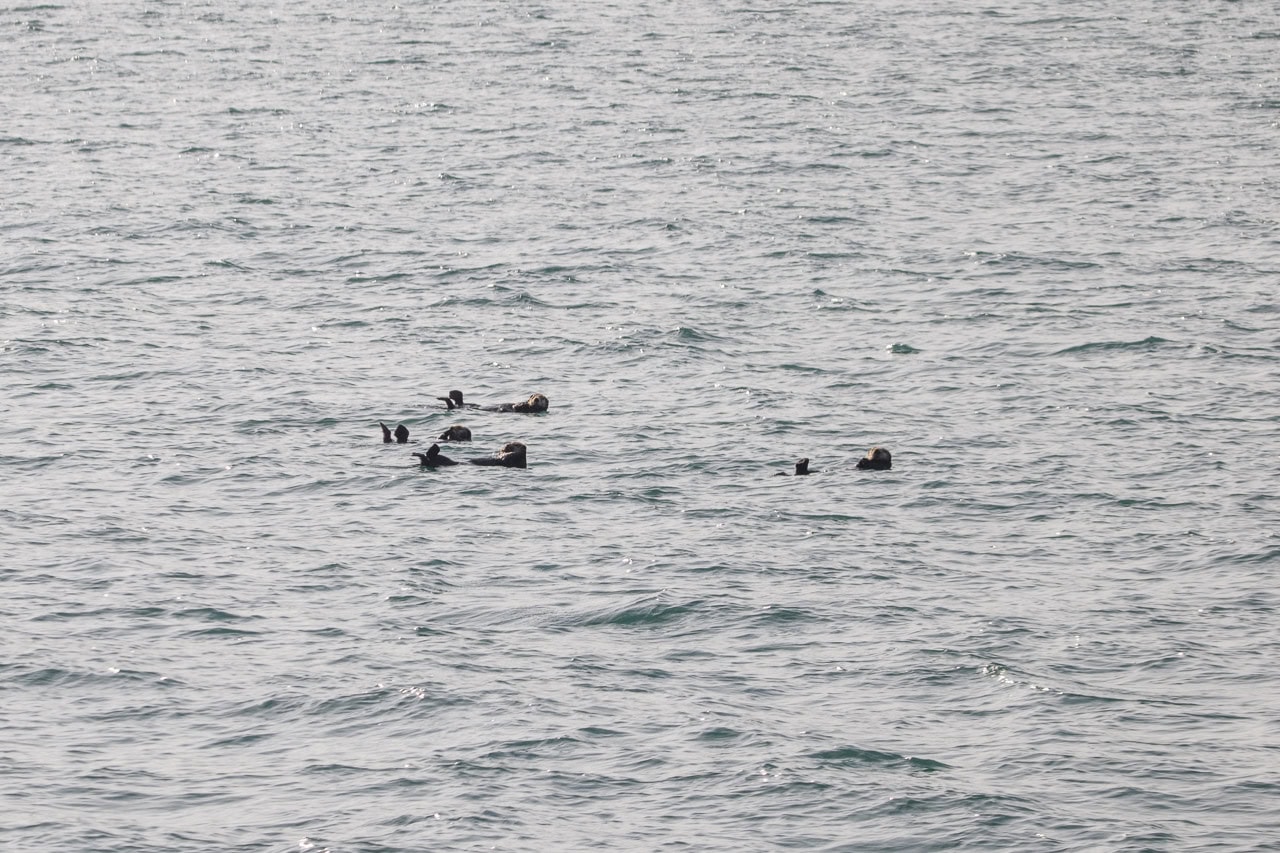
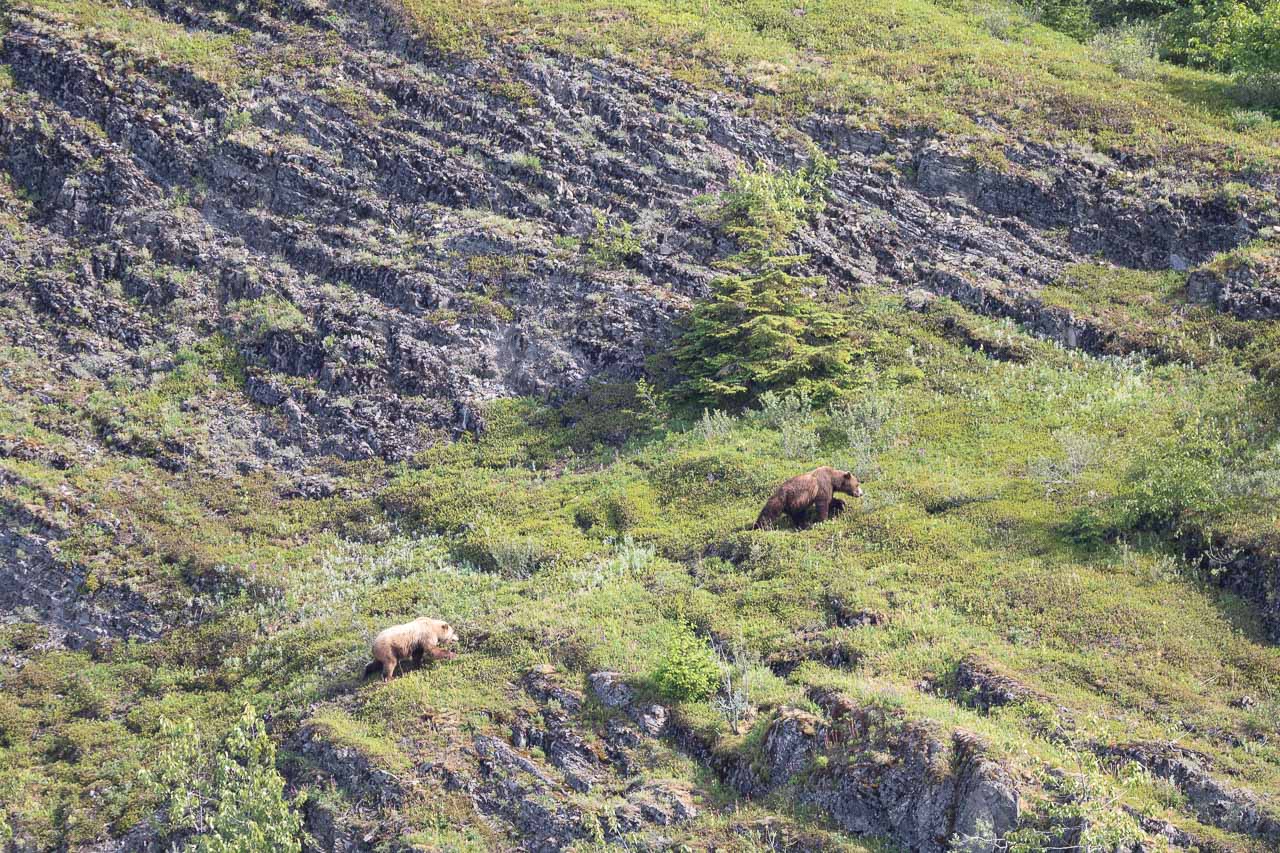
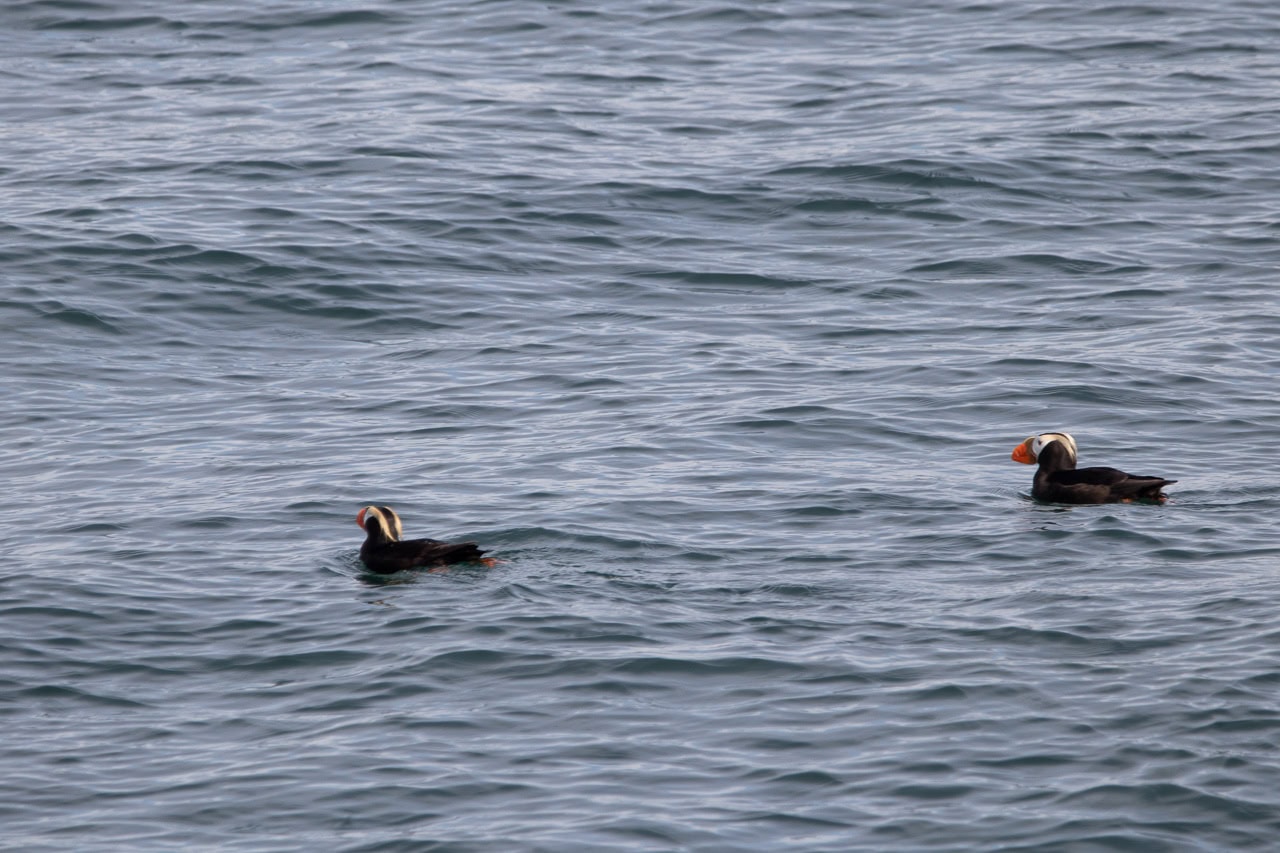
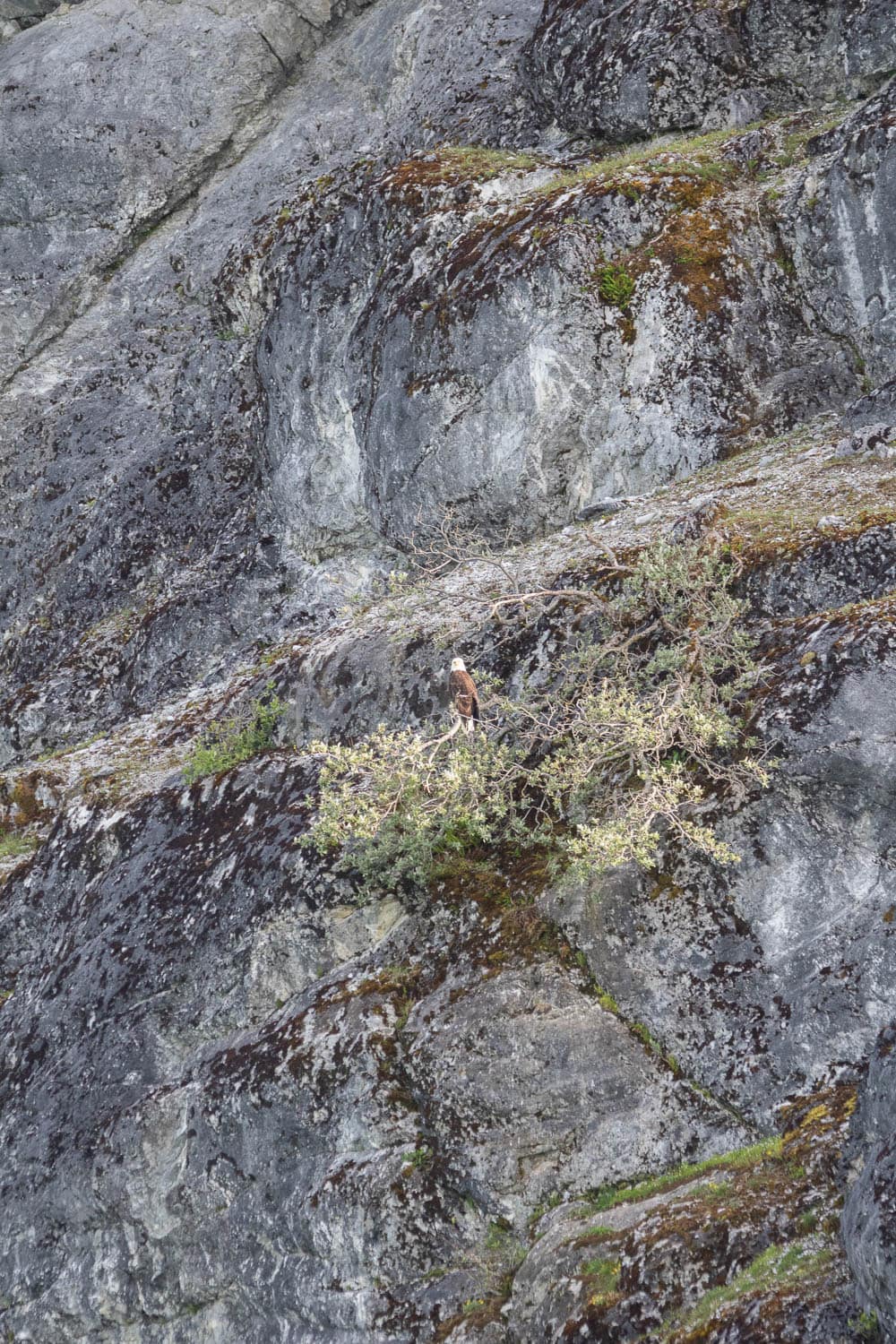
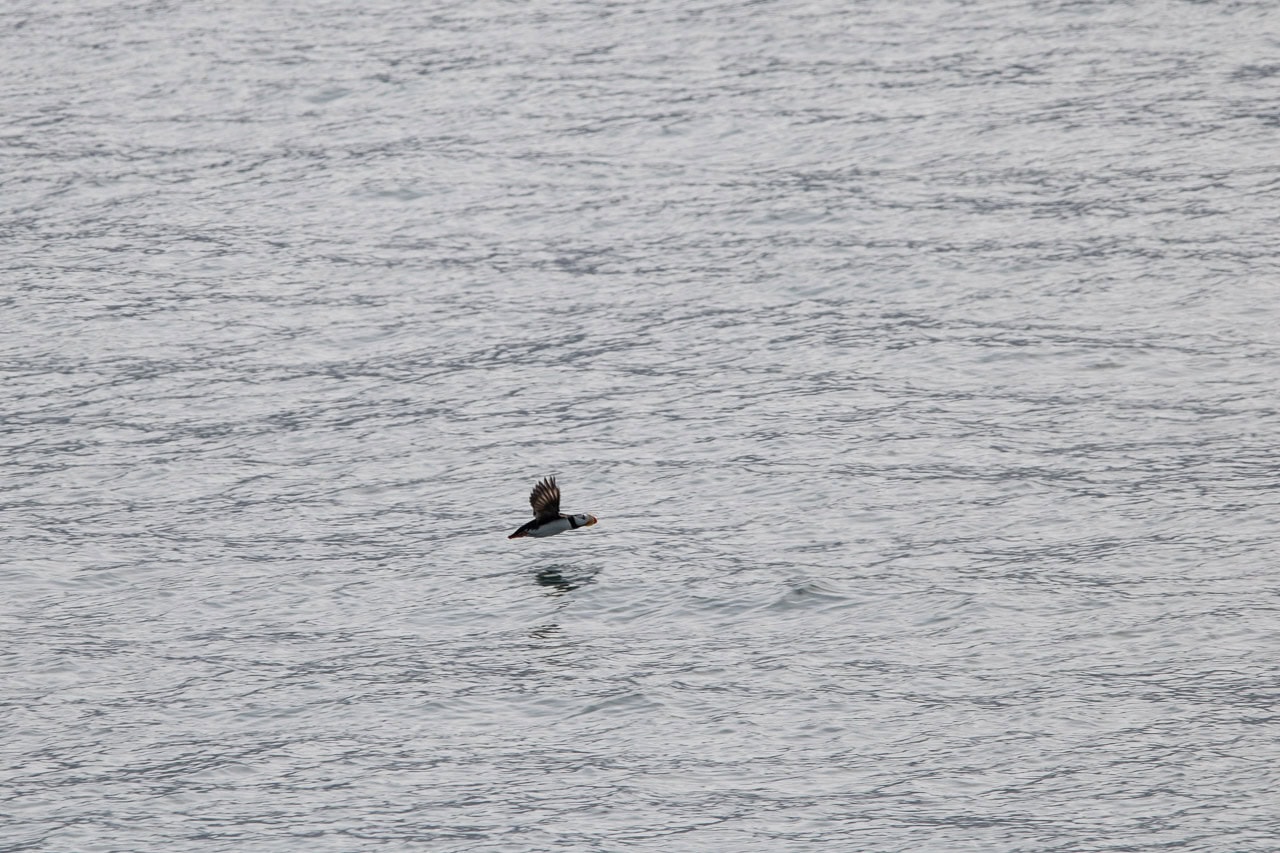
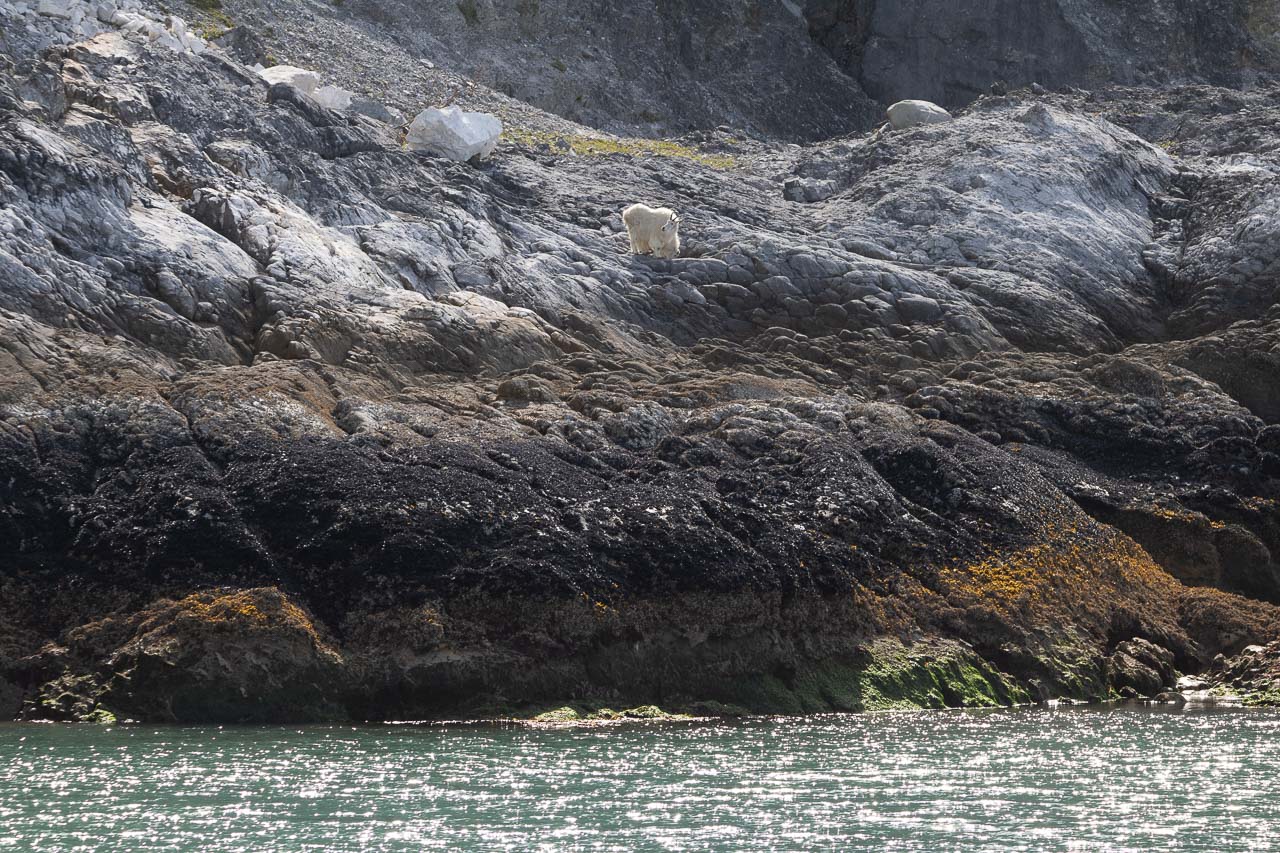
Tidewater Glaciers of Glacier Bay
As unforgettable as those wildlife sightings are, the true highlight of a boat tour in Glacier Bay is seeing the tidewater glaciers. The boat travels all the way up to the far northern end of the bay, where you’ll see the Grand Pacific Glacier (which used to fill the entire bay) and the Margerie Glacier (which is famous for its calving ice).
Other glaciers you may see include the Johns Hopkins Glacier (only from a distance during the harbor seal pupping season), the Lamplugh Glacier (known affectionally as “Lamplugh the blue” for its bright blue color), and the Reid Glacier.
Learn more about the iconic tidewater glaciers of Glacier Bay National Park here.
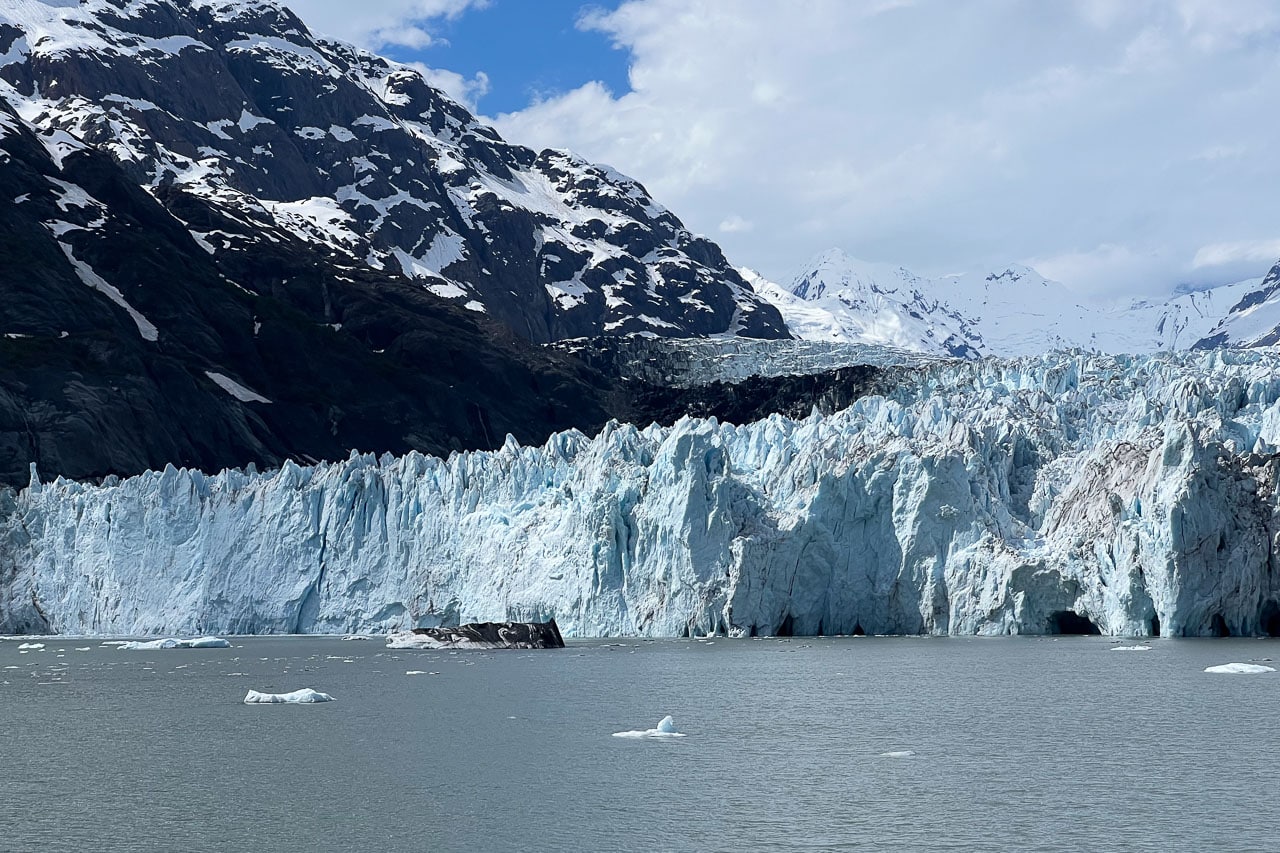
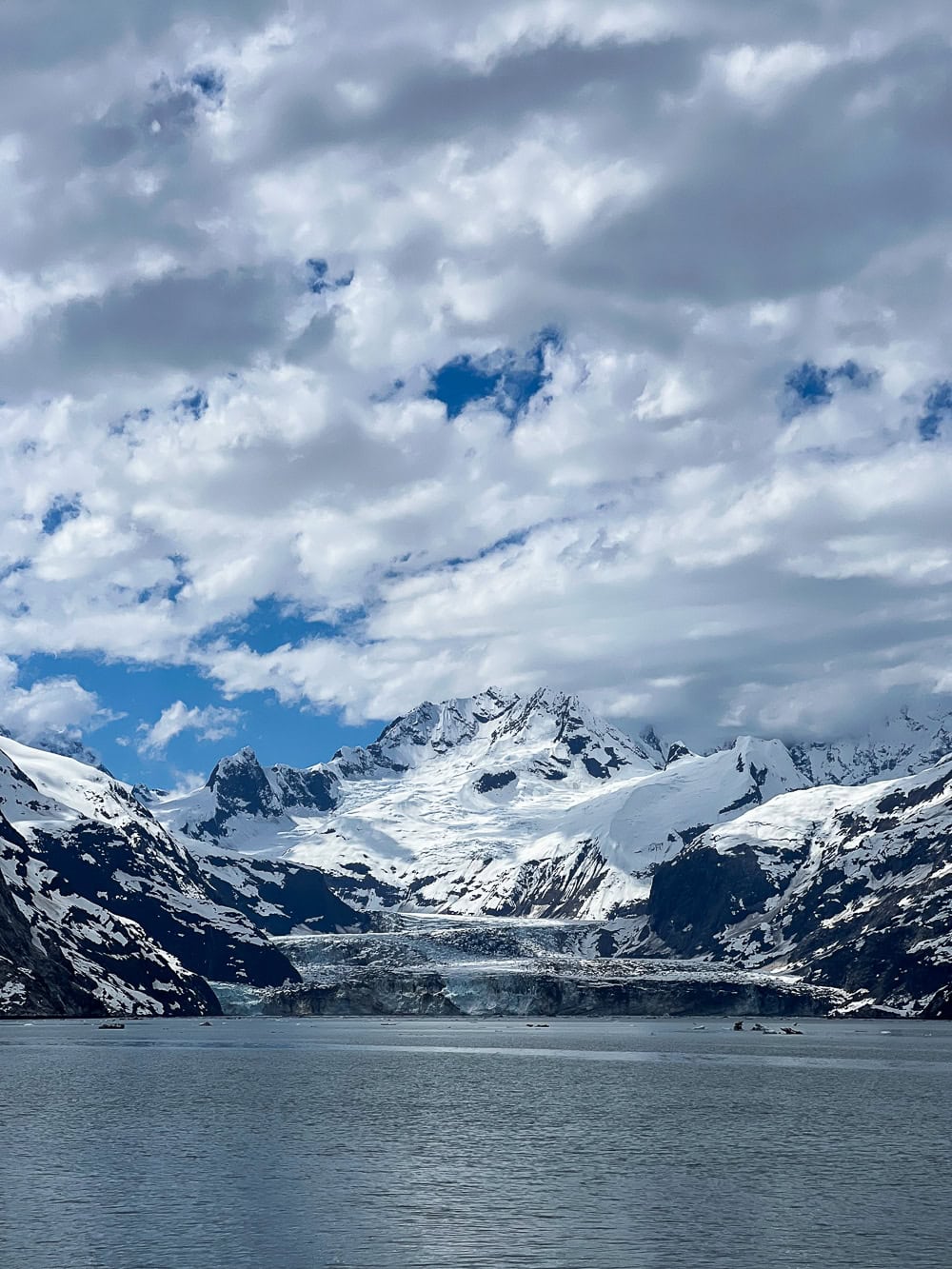
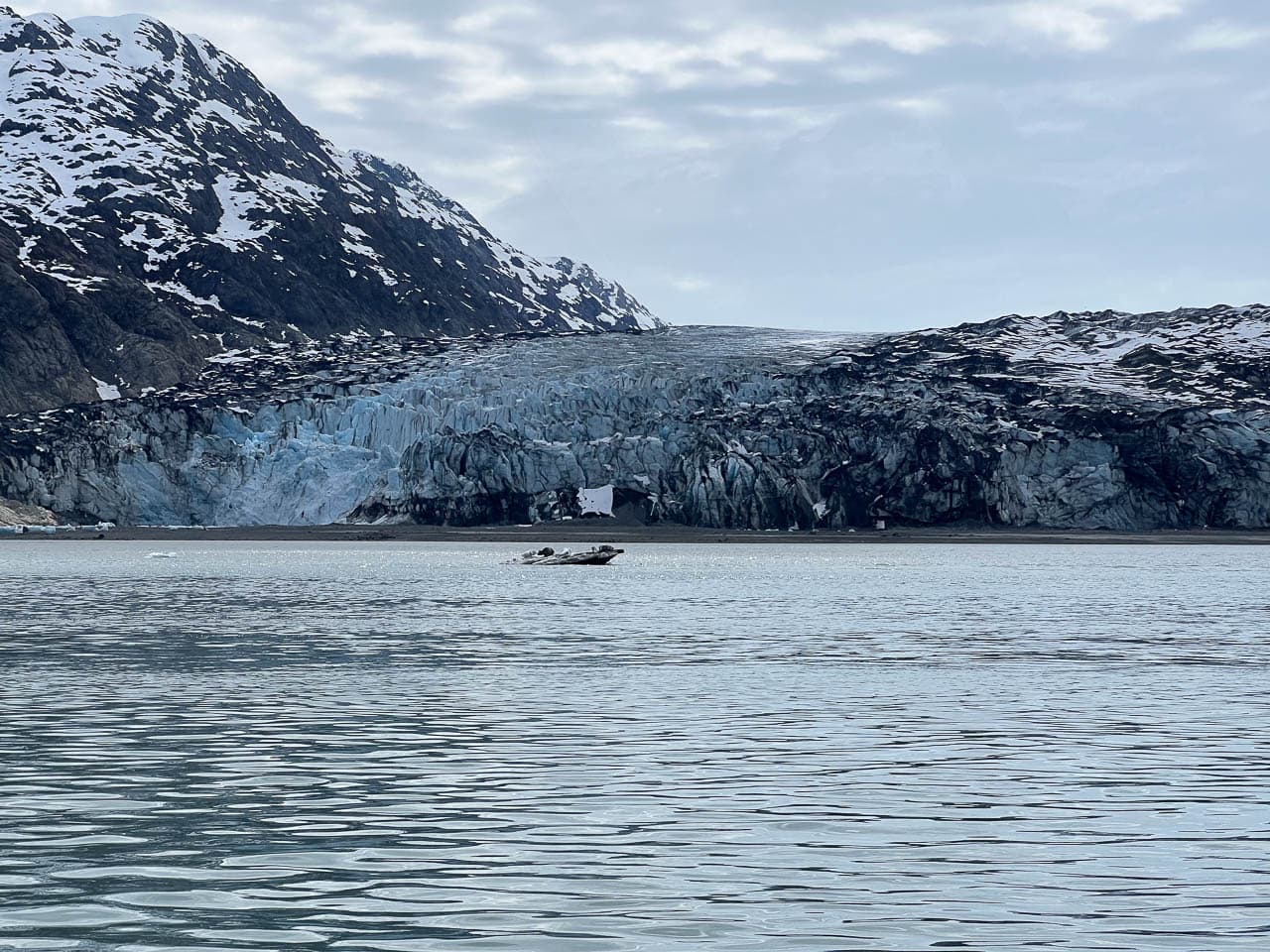
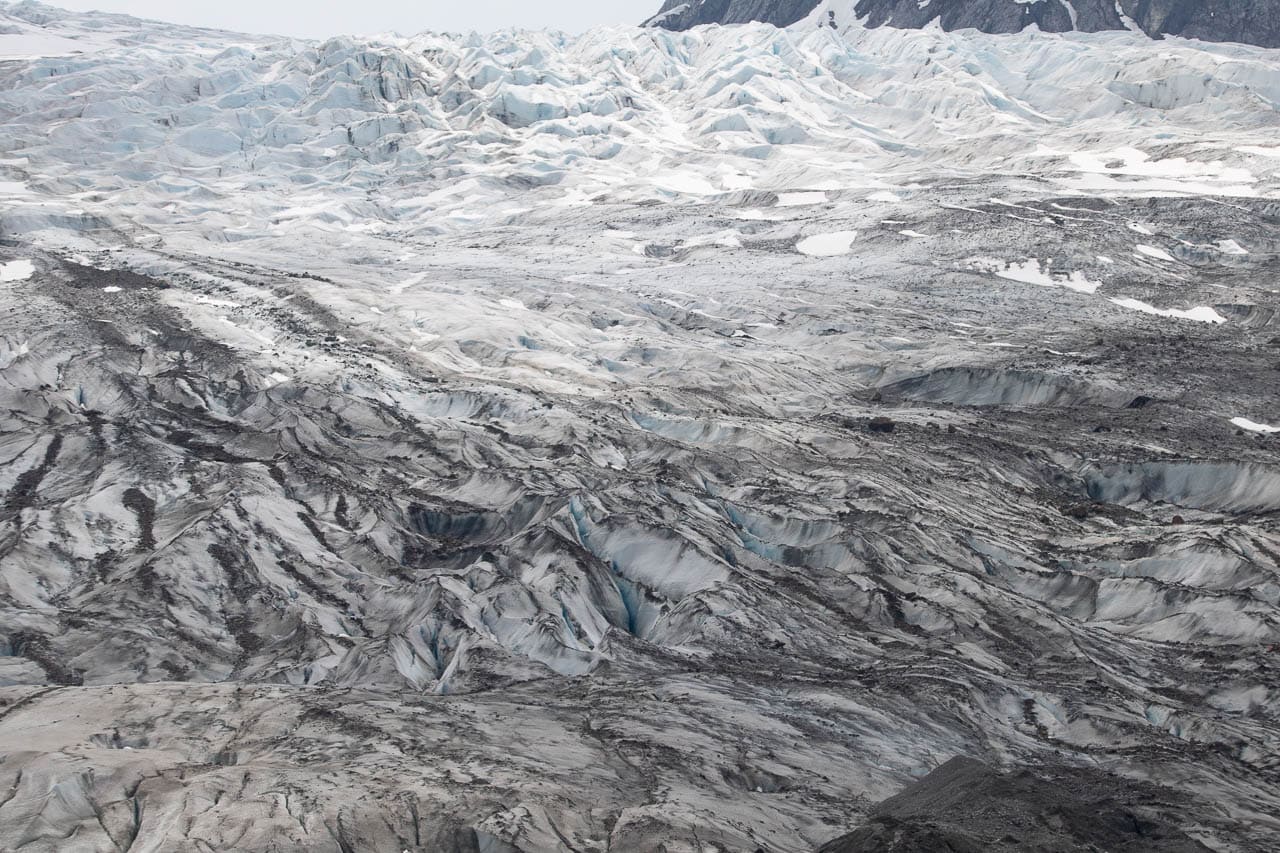
Glacier Bay boat tours leave from the public dock at Bartlett Cove every morning at 7:15 a.m., returning at 3:30 p.m. (This still gives you plenty of time to explore the rest of Bartlett Cove afterward.) You can book your boat tour in Glacier Bay here.




